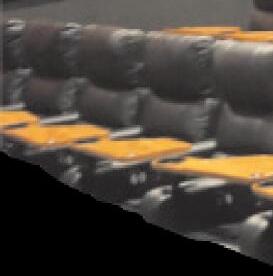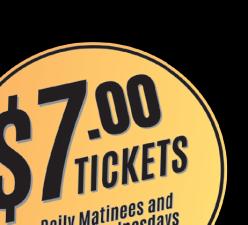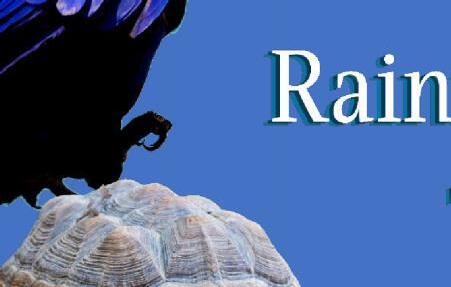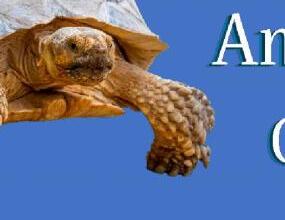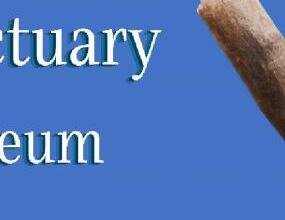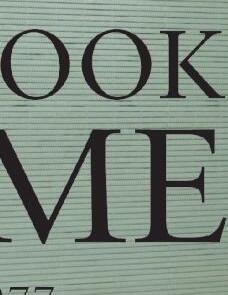




You have surgical and non-surgical weight loss options, and a team of professionals to help you at every step.
MiddlesexHealth.org/Weightloss




d-winning seni
or




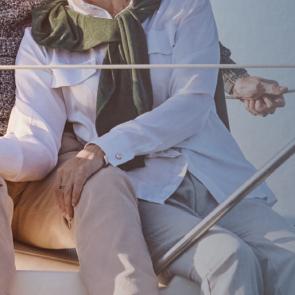



er knew you had nev
e f lif e the most o ak



xplori on the coast, e
























e P e at the only Lif ur e your f neighbors ar e. Embr f lif er o tchap s b in New England’























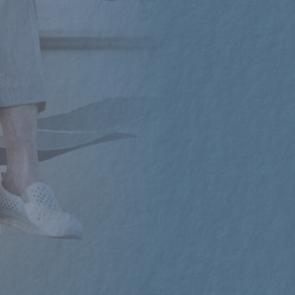
































f Mystic and soaking

“Happiness is a butterfly, which when pursued, is always just beyond your grasp, but which, if you will sit down quietly, may alight upon you.” — Nathaniel
Hawthorne

Ok, first off I would like to ask that everyone who is reading this magazine with your phone, to please go through and hit all the QR codes. I realize that you may have picked up this paper book to escape phones and screens but you gotta know that by hitting those codes boosts us algorithmically in the digital world of clicks and likes, and how come my computer doesn’t even really work significantly better than it did a mere 6 years ago? Just saying.
It seems that society/culture often move in or around twenty-year cycles. So with INK approaching a milestone of being in print for twenty years. Boom! Brand-New We’re Retro! Print is cool again. We knew it would happen. Yes, cell-phone-neck is a thing, and don’t let it happen to you. Perhaps let us suggest reading a magazine, after you click through all the QR codes of course. No really phones are cool sometimes. All joking aside.
Now for the Book: There are many rabbit holes to go down in each episode of INK Publications. For example: The Garde Art Center are doing great shows and programming on the regular. Madonna Place is hosting events. Carla at Tidewater Lighting in Madison is hosting an event this month featuring learned expertise in lighting applications. Cindy Stevens is always doing something great with kids and classes.

The ads in this magazine are invitations that are more often than not from a local person to come in and utilize the in-person service which they provide. These are individuals and companies that are actively seeking out your business. They will repay you with individual attention and by placing a face on a name. A person who is there to help you.
Convenience is cool but sometimes it’s fun to leave the house. Shop this magazine and enjoy what you find!
 Jeffery Lilly founder / publisher
Jeffery Lilly founder / publisher


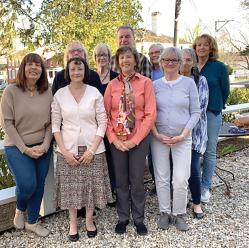
Ashley Alt - columnist


Susan Cornell - editorial
Caryn B.































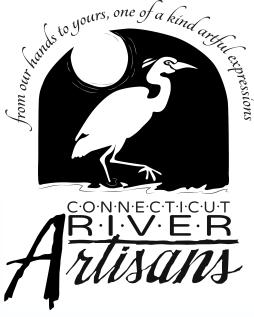
merge verb to join forces, integrate, unite mesh noun an intertwined or interwoven network.
What stained glass artist, Peter Simoncini is speaking of is the unique, creative, and most of all, happy collaboration known as the Connecticut River Artisans, an enclave located in Essex and well worth your time and attention. C’mon, take a look.



The Connecticut River Artisans is a tight-knit group of some 30 artisans of superior talents, varying media, and yet similar mindset situated in probably the most perfect place in Connecticut: the quaint river town of Essex. Yes, Essex, the town that not long ago was voted the #1 best small town in America, that pretty little piece of history and whimsy all sprinkled with pride. The town that’s a short road trip from most anywhere and accessible by boat, by car, on foot, or in a vessel. It’s a town of small shops and big smiles. Of friendly people who are genuinely glad to welcome the out-oftowner with just as much friendliness or genuine joy as the daytripper or locals to their shops, their restaurants, their galleries, their marina, and museum. So, it’s small wonder that right next to the Connecticut River Museum, right in the heart of it all on Main Street, we find these wonderful artists at the Connecticut River Artisans, a co-op whose governing body has always included YOU in that mix.
To begin at the beginning, we need to go back 43 years to when the Connecticut River Artisans first began. Initially, it was just a handful of artists with little structure but embracing the idea of merging as one body to promote and sell their work. Over the years, there have been a number of locations including East Haddam and two in Chester, but when the co-op moved permanently to Essex about eight years ago, everything fell into place. In the words of the co-op’s current President, Teresa Fanska, “We mesh together so well and bring many different talents to the table.” She then added with a laugh, “I want it put in headlines. We love Essex. This space is perfect, prime real estate. WE ARE NOT MOVING AGAIN!”
The nine members of the co-op’s governing board seem to echo Fanska’s sentiments. All of them have different backgrounds and work in different media, but the one thing they have in common is: their work is of a superior class. These are not people who dabble in art just for fun; these are professional, skilled artisans who’ve been creating at a high-performance level for a number of years. They are not just members, here, but take turns being the shopkeepers and curators as well.
“Our differences make it work.”
“Our differences make it work.”

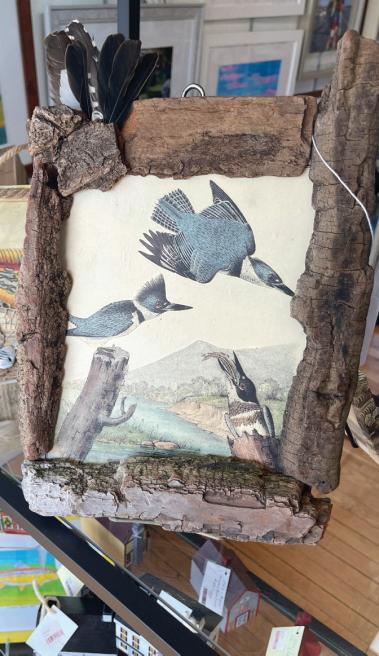
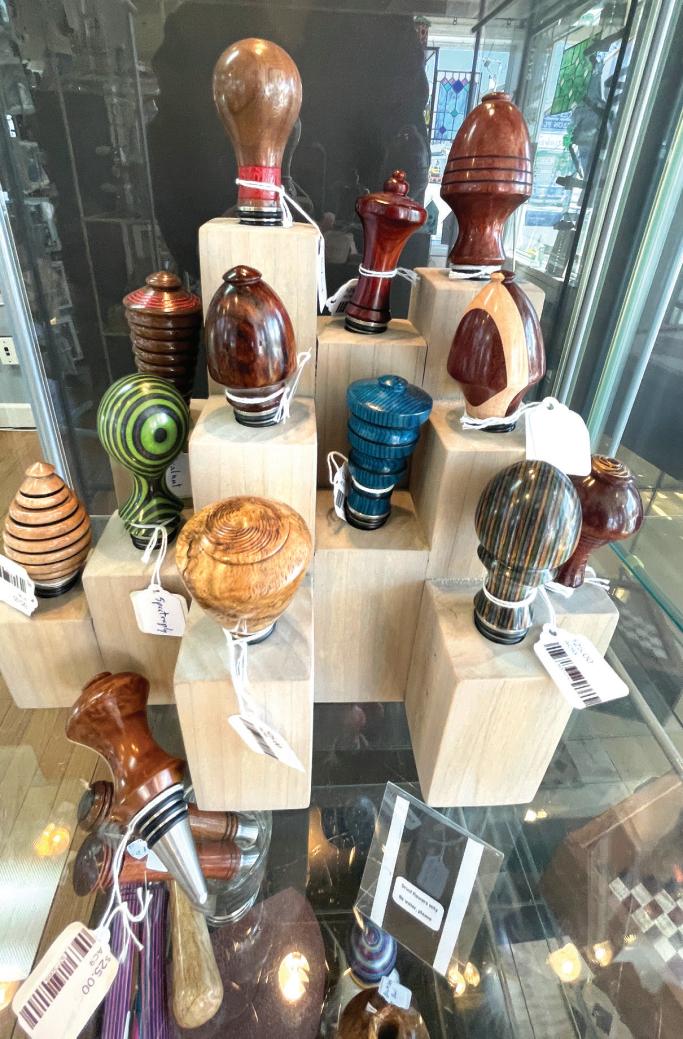
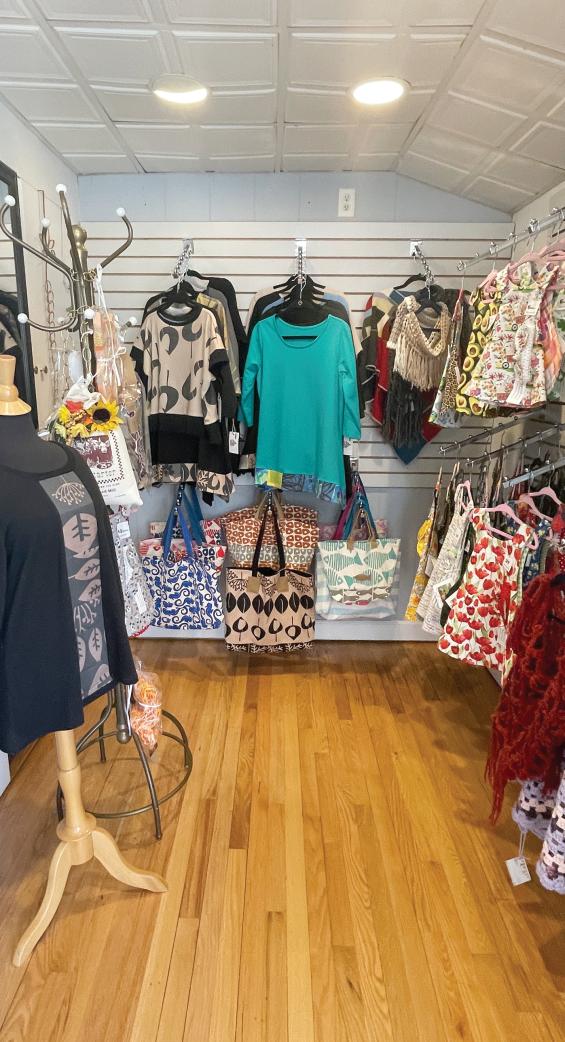
Teresa, who lives in Middlefield, sews little girls’ dresses in sizes ranging from 6 months to 4 years. Most are reversible, and she works in a wide range of styles and patterns. A former 8th -grade special ed teacher, she grew up in a family where Mom sewed and made sure her daughters did as well. Now Teresa carries on the legacy to her grandchildren whom she is teaching to sew.

Peter Simoncini was a librarian and media specialist and can’t seem to get it out of his blood because he still teaches three days a week and loves it. He refers to his work as a highly creative stained-glass artisan as, “my hobby.” He was drawn to this media, so his wife bought him a class to see if he’d like it enough to pursue. She did have one admonition however, “Don’t use the house money to buy your supplies!” Peter’s designs are so exceptional that he now works on commission, and although stained glass materials are very expensive, his success enables him to buy his own supplies! The house money’s safe!
Another member of the Connecticut River Artisans’ governing board was also a teacher in her previous life and likewise had a mother who motivated and enabled Pat Rist toward a career as an artisan. “When I was young, she had us going to art classes,” informs the former chemistry teacher. Chemistry and Pottery... the lady is both left and right-brained producing unique and absolutely gorgeous stoneware that is a highlight of the shop. Make no mistake, the Connecticut River Artisans is not just a successful co-op, but a must-stop in Essex as it is a beautifully organized and appointed gift shop showing off the best of the best.
Barb Richard has been with the co-op the longest. She’s lost track of exact dates but ascertains her membership and consistent

participation have remained consistent for more than 20 years. As a jewelry designer, Richard’s workmanship is in evidence throughout the shop with a special concentration in tiny glass beads and sterling silver. And yes, Barbara was also a teacher...a Latin teacher.
The Connecticut River Artisans is always seeking new members (and no, you don’t have to have been a teacher to apply)! Peter says, “We are merely looking for good artists. Artisans who use the finest materials and produce at the highest level. Look around at the quality of the artisans represented here and then ask yourself, ‘Would my work fit in?’” There is an annual fee for membership, but membership, if chosen, would bring you into a circle of like-minded people who don’t have the word “selfish” in their vocabulary.

“We are here to promote everyone’s work,” Pat adds, speaking of the history the co-op has of working together to support and sustain each other.
The shop is beautifully lit to showcase a wide variety of work, each item crafted right in Connecticut. Children’s clothing, stained glass, woodturning, button art, hand-


painted glassware, photography, folk music, bowl cozies, watercolors, polymer clay, jewelry, glassware, pottery, sun catchers, photography, note cards, and works of art currently in progress that will soon be displayed in the shop. Peter suggests a good way for visitors to view the shop in order to see as much as possible and do justice to the work is to“Walk around in one direction, then stop, and retrace your steps in the other direction. Look up, look down, look in every corner.” Good advice.
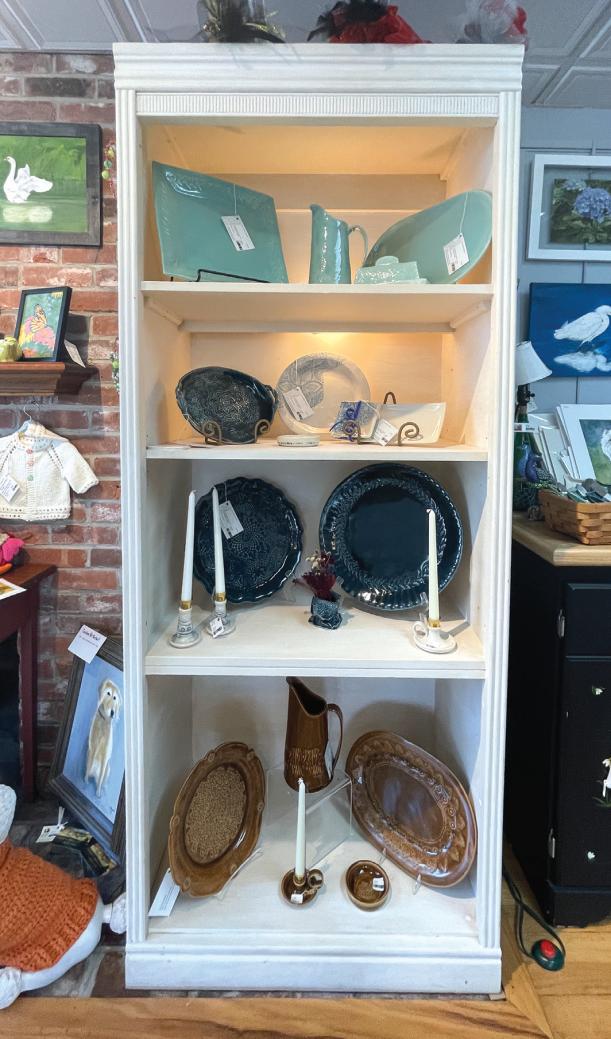
And
This is the place to come to browse, to find a specific gift at any price point from $4.00 on up, and to find just the right thing for that special person, occasion, or yourself that you never knew existed. Take your time and observe some of the finest talent in the state.
These artists seem to work on the premise that great art doesn’t emerge from a few talented individuals but from real relationships forged between them. It’s the joining of forces, the integration of art and idea, the desire to unite to achieve a maximum, and an intertwined network that works. In short, it’s all about merging together and meshing collective talents to bring the highest standard of art to the people who most appreciate it.
The Connecticut River Artisans shop is located at 55 Main Street right in the heart of Essex, next to the Connecticut River Museum and diagonally across the street from The Griswold Inn. www.ctriverartisans.org


(860) 767-5457 OPEN 7 DAYS A WEEK YEAR ‘ROUND!
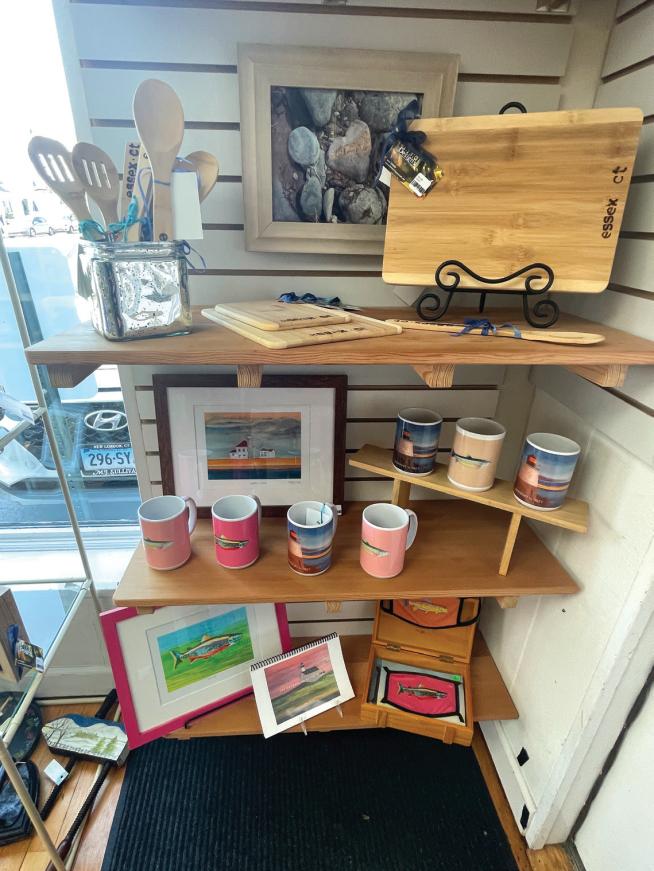


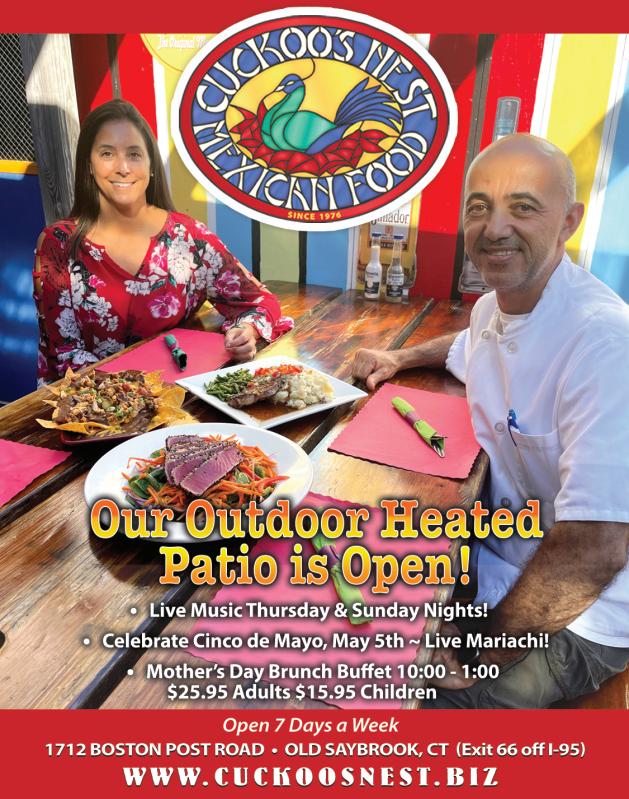
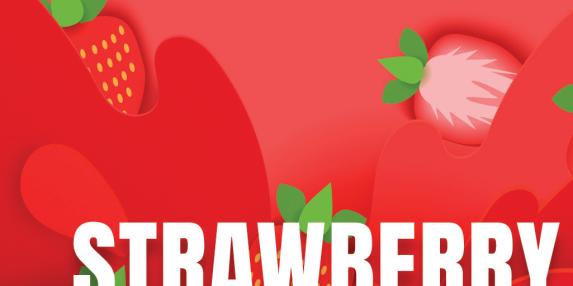












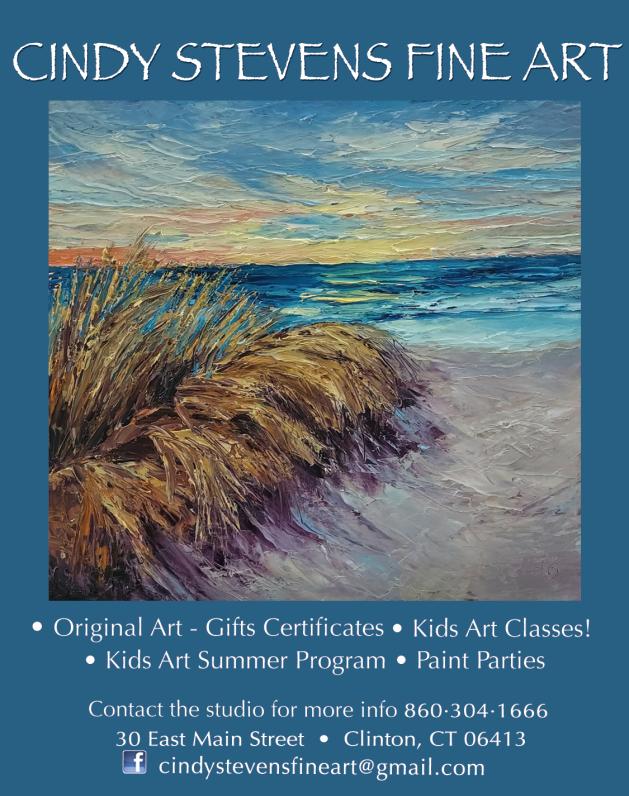

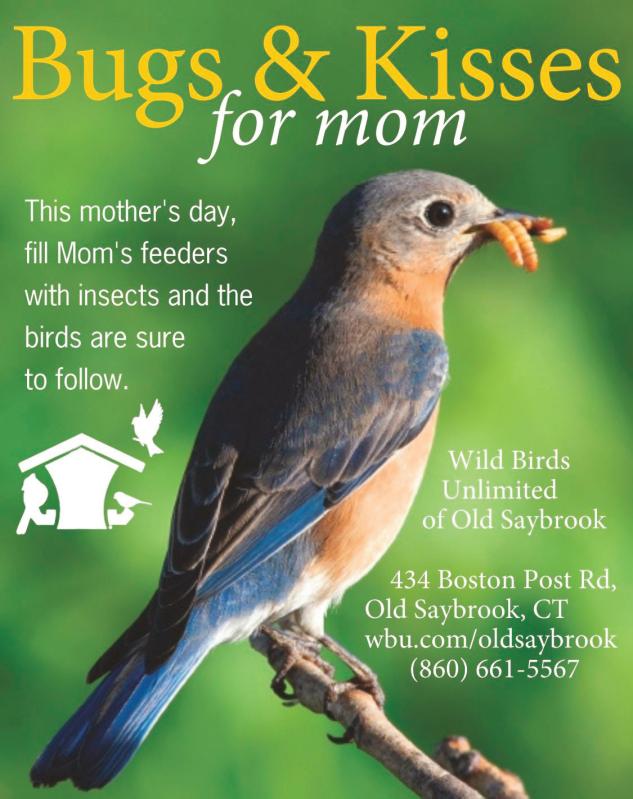


arning to all who wish to purchase a copy of Connecticut Gardens, the beautiful new compendium of breathtaking photography and compelling, informative prose by Caryn B. Davis and landscape designer, Chris Lawrie: If you purchase this must-have treasure which will likely become a family keepsake, you’d better already have a coffee table in your living room, family room, or sunroom. Why? Because this book cries out for a prominent place in which to be displayed, where both the inhabitants of the home and their visitors will have many opportunities to pick this up for years to come, poring over the words and inhaling the photographs begging a road trip to experience the splendor in person. If Chris Lawrie is the words, then Caryn B. Davis is the music, and together they comprise a memorable symphony of both celebration and homage to the many glorious, yet for the most part, relatively unknown gardens of Connecticut.
One would think looking through this impressive 272-page tome filled cover to cover with photographs that seem at times to be more like watercolors, that a project this timeconsuming and exacting would have taken several years to produce, but Caryn B. Davis says, the publisher (Globe Pequot) “gave us just one season to deliver it.” Therefore, Davis and her lens crisscrossed the state numerous times, sometimes driving six hours round trip in a day just to get that “one more shot,” the one where the wind would be just-so in order to move or not move the grass in a certain direction, the sun and clouds would cooperate, and the flora and fauna would stand in ramrod perfection. Thus, Davis who had previously published two commissioned books also keeping with the theme of celebrating the state’s riches (A Connecticut Christmas: Celebrating the Holiday in Classic New England Style and Connecticut Waters: Celebrating our Coastline & Waterways), has always believed her works are not just books but travel guides, transporting the reader to places they may have never been or never knew existed in the tiny Nutmeg State.

Although Caryn B. Davis has worked as a writer, she is most comfortable as a photojournalist with cameras in tow and has made a professional living photographing landscape design, architecture, and interiors. Her personal and professional travels have taken her to more than 50 countries worldwide, and her work has appeared in over 60 publications including The New York Times, Conde’ Nast Traveler, Town & County, Travel & Leisure, and New Zealand Geographic among the most notable.
Producing this book presented many challenges, not the least of which was getting up early in the morning. “I don’t like early,” Davis laughed, but in a very short time, she learned to embrace the serenity and the beauty that exists in the early morning when gardens have teardrops of moisture on their flowers and the only footprints might come from birds and small animals. Weather was also often a major issue. “The weathercast might say conditions would be fine in a certain area, but then I’d get there, and it would be raining, and then there was a huge drought in July and August last year. I was constantly texting and emailing site managers to ask what was in bloom.” All that, plus the everlooming deadline put up temporary roadblocks, but Davis and Lawrie learned to knock them down and forge ahead.
Connecticut Gardens is divided into three sections: Historic Gardens, Public Gardens, and Privately Owned and maintained gardens. These pages represent the creation of amateurs, professional designers, and notables such as Frederick Law Olmsted (founder of American landscape architecture whose achievements include Central Park, the U.S. Capitol, and the Biltmore Estate); Gertrude Jekyll (who designed more than 400 gardens worldwide); and Beatrix Farrand (whose 110 gardens run the gamut from private residences, public parks, and botanical gardens to the White House).
The section on Historic Gardens takes the armchair traveler, the curious, and those who aspire to journey to find America’s




first public rose garden and the first publicly funded park. In Connecticut, to be designated a historical garden the non-profit Connecticut’s Historic Gardens organization has established a guideline for inclusion. It states that to be represented by their organization the property must also include a historic home that is open to the public. This limits Connecticut’s historical gardens to just 15, but they are beautifully showcased in the book and speak to the collaboration that exists between humans and nature.

The section on Connecticut’s public gardens combines abundance, focal points, and variety with exquisite layering of color, shape, and texture. Davis and Lawrie take the reader on a journey to every corner of the state guiding the traveler through the abundance of public parks, some owned by the state, some by municipalities, and others privately funded. From the magnificent Elizabeth Park in West Hartford with its rose garden centerpiece, to the Goodbody Garden in Fort Stamford Park, Walnut Hill Park in New Britain, or St. Edmund’s Retreat on Enders Island in Mystic this section whets the appetite for travel; whether the reader wants a beautiful garden near home or clear across the state, it is delivered in these pages.


When Lawrie introduces private gardens, he does so by posing the question, “Why do we create gardens?” While you ponder your answers of visible beauty and satisfaction, he gives his rationale that our relationship with gardens begins and ends with Mother Nature, creator of the plant world. We first built gardens for the purpose of survival; as the human race evolved, so did their gardens moving from a hunter-gatherer lifestyle to one of simple farming to grow food. Further evolution brought the cultivation of gardens for beauty and pleasure whether they were large, imposing masterpieces or merely to make use of backyard space for personal satisfaction and reverence of nature.

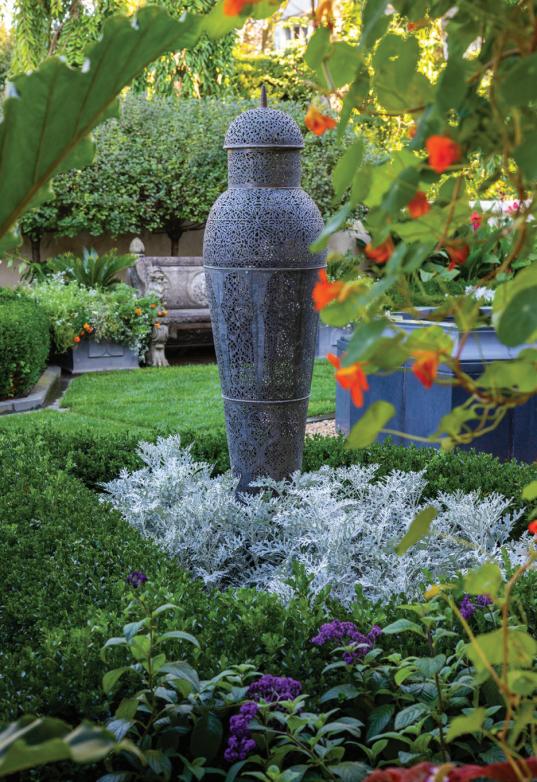



Lawrie doesn’t attempt to understand the motivation for each private garden showcased in the book. He merely sums it up by adding, “Human motivation is complex, and there are undoubtedly multiple motivations in play for each of the impressive gardens featured. But having come to understand the people behind the creation of these remarkable spaces, it is evident that the common denominator among them is the joy and satisfaction of building something beautiful that is meaningfully crafted and shows reverence to our natural world.”

This is more than a well-researched, artistically photographed book to add to your library. It is an orchestration of words and images that are richly textured and totally unforgettable. It is colors combined with an immense diversity of design combinations, evoking fragrance, flavors, and sounds in one’s sense memory.Just like a garden.
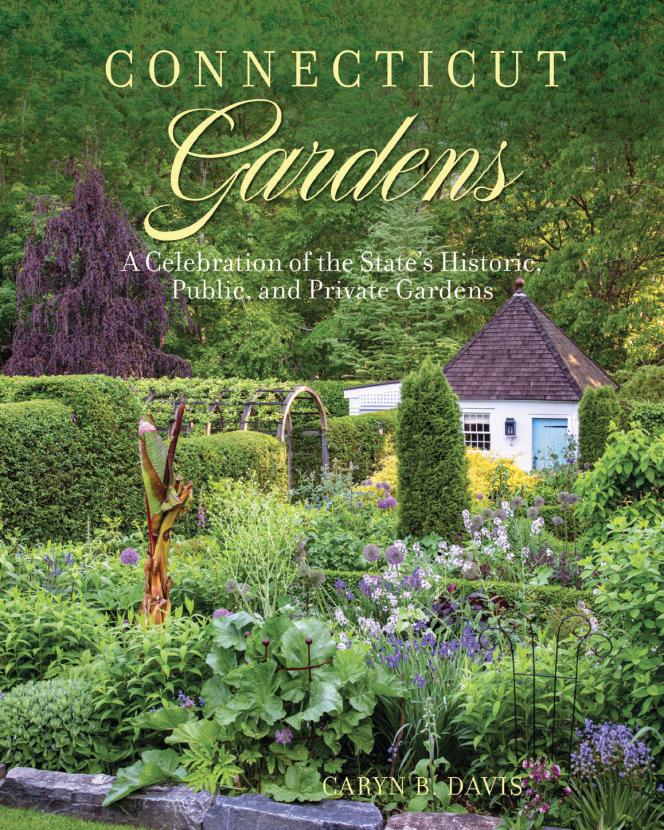

Connecticut Gardens is now available, and you can find it at your favorite local bookseller as well as gift shops across the state, online, and through the author. But first make certain you also have that coffee table in place and dust it frequently because this book Is going to be there for a long, long time...an unabashed salute to a small state with large and small venues of beauty and two people who decided to record them, preserve them, and make them available for generations to come.
You can find more of Caryn B. Davis’s work each month right here within the pages of Ink Magazine.




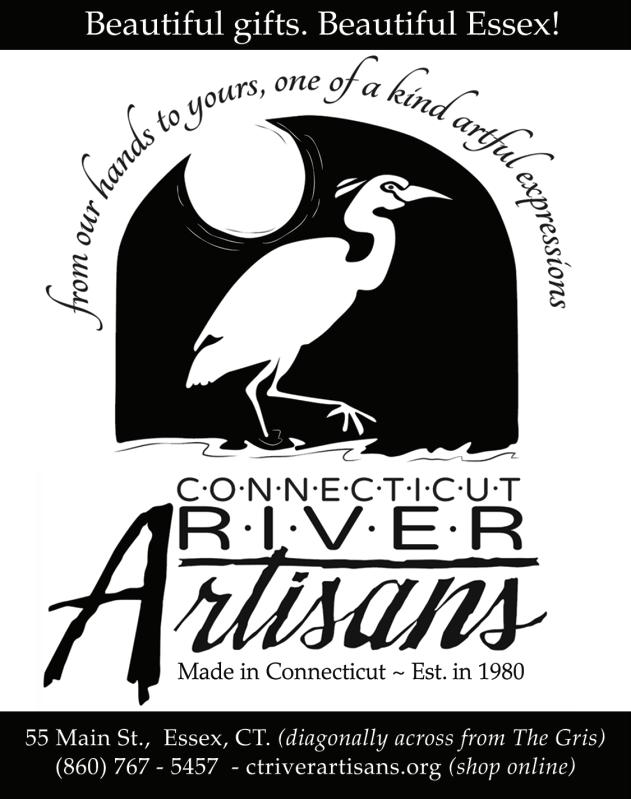





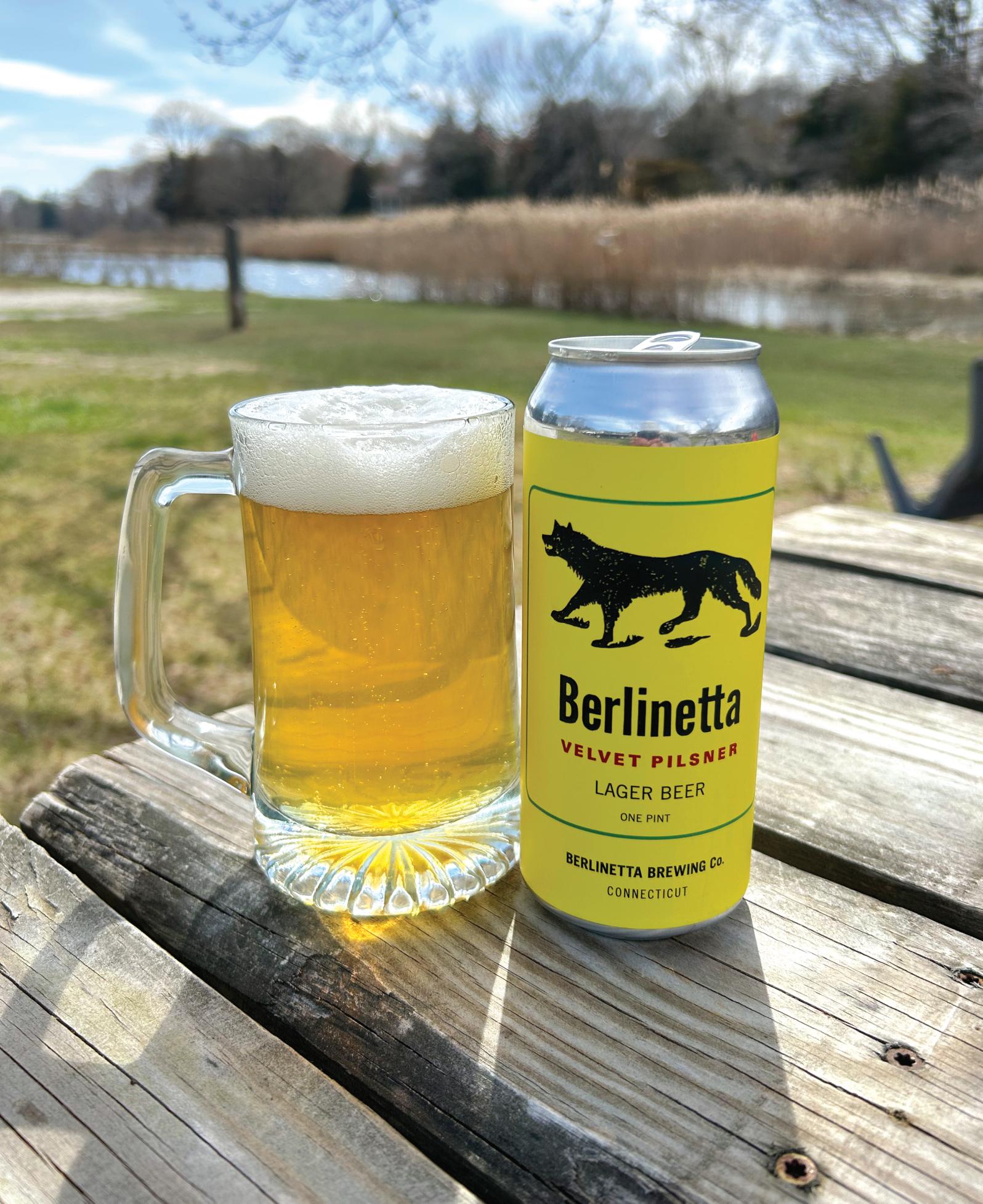
All pilsners are lagers, but not all lagers are pilsners. This will be important to remember as we clear up some convoluted critiques regarding those particular cervezas. Disregard the ‘dirty thirty’ of Keystone Light you shared with your dorm mates. Move aside the macrobrewed mediocrity you have been maligned with at sporting events and concerts alike. Even those amongst us that have grown older, but not necessarily ‘Budweiser’, over the years should be curious as to what craft brewing has done in their pursuit of ‘crispy’ cans.
Before you start proposing toasts around the campfire, I offer a little historic context on the path that gave lager its very first spinoff. There was once a Bavarian beer guru by the name of Josef Groll, who was destined to pitch a new style of beer into the world. Looking back at it, he was the P. Diddy of the European beer scene with a ‘Don't worry if I write rhymes, I write Czechs’ approach! Pilsner is a style of beer that exists only because people in the Bohemian town of Plzeñ watched a few too many pints of pitiful beer get dumped for being basically undrinkable. Our boy Joey was inclined to deliver inebriation with less funk in the trunk, more sipping than spoilage if you will. What the Radbuza River rewarded the world with is the elegant and easy to enjoy pilsner. There have been many spin-offs since the bell tolled for Groll. Chiefly you will find that these adult sodas are going to be ‘chasing the Czech’ or ‘guided by German’ in their approach.
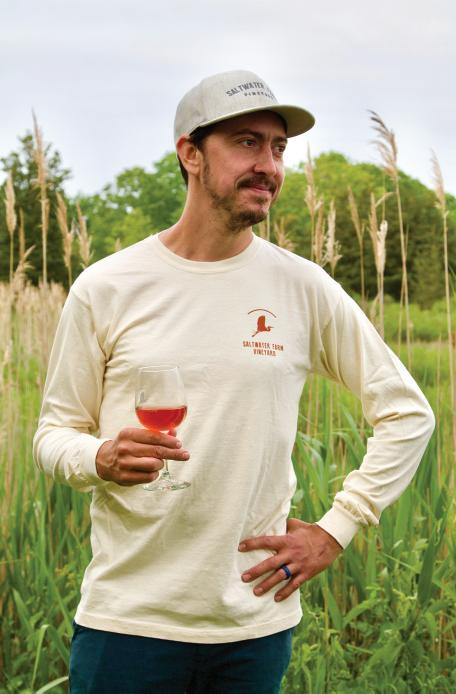
Last issue I made mention of a specific spirit shoppe in my stomping grounds and how important it is to develop a trusting relationship with one wherever you reside. Any town worth the traffic and taxes should have a place that can get it right, every single time. This is how Berlinetta Brewing Co. velvet pilsner came to be consumed by yours truly. Promoted as their flagship offering and for good reason: it is a miracle in a mug. Golden yellow and mellow with a healthy hop backbone, this is the honey-do list reward you should require. Guaranteed to make grilling greater, mowing marvelous, tailgating terrific: the only thing not lofty about this beer is the fermentation, which takes place at the bottom of the tank per the style (Czech the technique, last one I promise!) Connecticut is still rev-
olutionary and relevant with brewing and Berlinetta Brewing Co. is claiming their space at the table with a beer cooler than the tank temperature. Maybe it is my toddler’s obsession with Masha and the Bear, but something about the wolf on the can makes this beer a grown up reward for all the tedious tasks we take on. Lagers are fermented cold, like so many of our hopes and dreams throughout the winter season. Let the birds strike up their songs as you unpack the contents of your shed with glee.
More important than the prose or the process, pilsner is just honesty in a package store filled with gimmicks and trends. They toss out ‘velvet’ to describe this offering and do it with the same reverence George Costanza would have wanted for his dreams of an outfit made of the same material. It is clear and crisp, yet soft and scrumptious. At 5.5% ABV, this beer is a step above the hard seltzer equivalent in Michelob Ultra that you will see people pretending to enjoy after a half marathon, yet not entering the imperial stouts and ale afternoon danger zones. It is rich in flavor but lacks the pretension you might expect. It is the perfect pairing with culde-sac pop ins and back porch bluetooth sessions. Soft as the dewey grass you walked your dog through this morning. Bravo, Bridgeport.
May is the ‘payoff pitch’ of months, hence the old ‘flowers from the showers’ schtick. Whether you are gearing up for graduations, gardening, or the meals and feels that come with Memorial and Mother’s Days alike, there will be the desire to crack open more than just a few windows. May I suggest a sip of some suds that are Connecticut concoctions? No matter which corner of the Nutmeg State you reside in, a local libation is the right use of your liquid assets. I will be enjoying one out of a new addition to my glassware that came as part of a gift from longtime cornerstone of the wishing well that is Ink Magazine: Rona Mann. Without her having crossed my path while completing just one of her seemingly infinite daily tasks, I would not have been inspired to help you fill your Yeti coolers and wine fridges respectively. A better reason to say cheers I can hardly imagine.




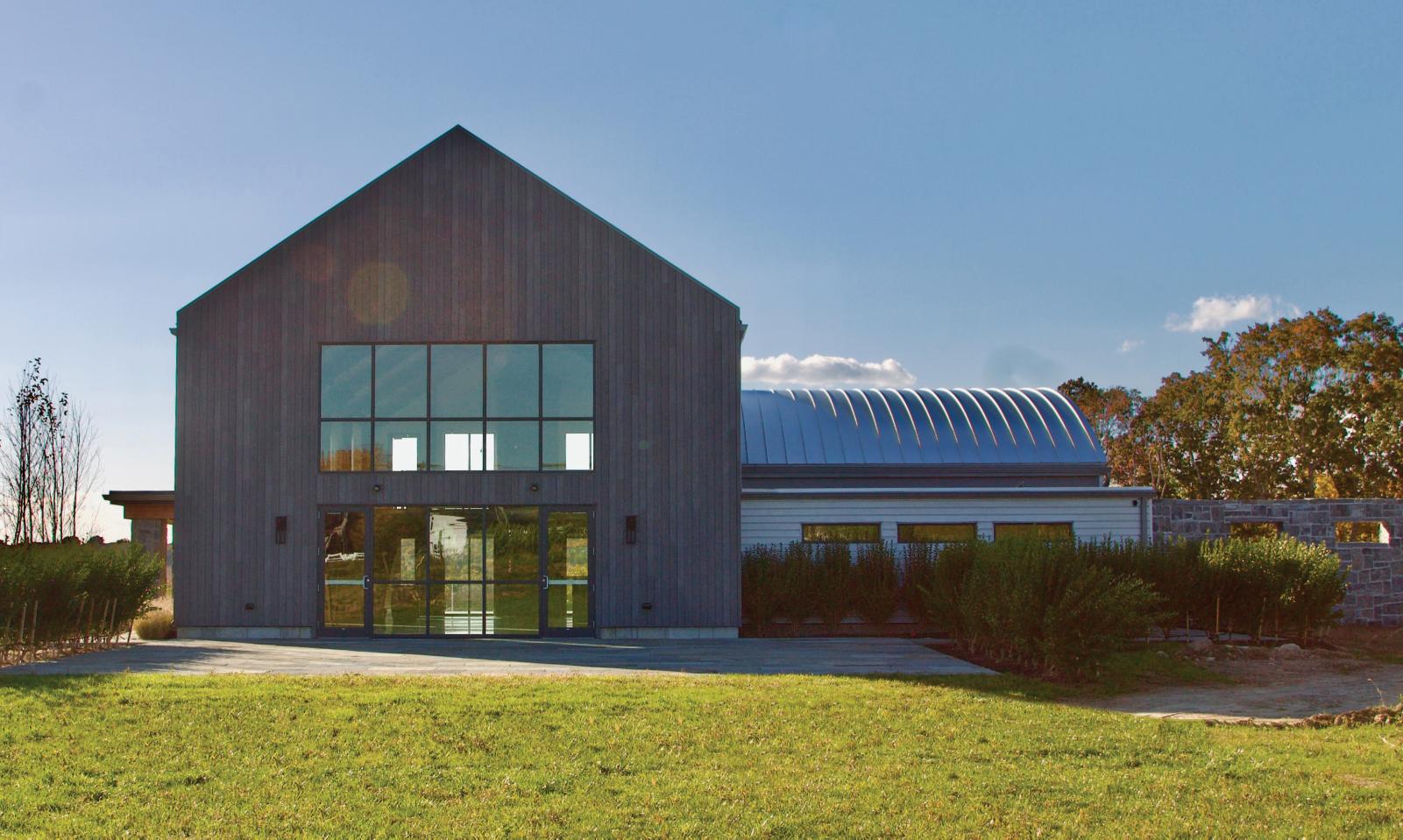









Happy May, readers. Spring is in full swing, Mother’s Day is right around the corner, and things are looking UP in terms of mood.
I learned a fun fact through a little Google search I conducted on a rainy day in April —the month of May is apparently named after the Greek goddess Maia, who is considered the goddess of spring and gr owth. According to Gr eek Mythology, Maia is known as a “nurturer of Earth and gr owing plants,” bringing w armer temps, blooming flowers, and the fr esh beginning of summer for us humans to enjo y.
Isn’t that lovely? From Mother’s Day to Cinco de Mayo to Memorial Day, May is a celebratory month for a whole host of reasons, including observances like Mental Health Awareness Month, Women’s Healthcare Month, and Better Sleep Month.
By Ashley AltDuring a season where there is so much growth and sunshine, not to mention an abundance of dedicatory events, I thought what better time to introduce the Smiley Face Challenge than the present?

Through her online presence and courses, model turned mentor Nikki Sharp explains the transformative power that the“Smiley Face Journal” holds. For some background, Sharp is a transformational coach and bestselling author who teaches people how to commit to the wellness lifestyle that’s right for them. From eating right and exercising to mindfulness and self-improvement, Sharp is someone you want to keep up with for your mind-body-soul goals.––
Here’s how it works: You choose three“stupid simple goals”(her words, not mine) that you can do every single day in an effort to lift your mood,
Giving a whole new meaning to “Turn that frown upside down”
build confidence, and overall, improve your quality of life. Examples of these “stupid simple goals” can be drinking lemon water every morning, going for a 10-minute walk after lunch, or being in bed by 10 pm every night. It’s whatever you feel like working on, and whatever works specifically for you.
“It has to be something you can do every single day,”Sharp reiterated in an interview. You can also start with one goal or two goals — it doesn’t have to be three. If you achieve your goal, you give yourself a smiley face. Not a metaphorical smiley face in your head — you must physically draw a smiley face on a piece of paper. If you don’t hit your stupid simple goal, you give yourself an unhappy face.

“The reason this works is because it hits the same dopamine receptors as when we get a ‘like’ on Instagram,” Sharp said.“You’re giving yourself self-acknowledgement of dopamine that you control, instead of external validation.”A much better way to receive dopamine, in my opinion.
When done consistently, you build up these healthy habits that create new neural pathways in your brain, automatically rewarding yourself for a job well done on something you told yourself you were going to do. These “stupid simple goals” then become part of your daily ritual that you no longer have to put in the effort for.
So, you’re hitting what I have coined the “ultimate dopamine trifecta” — showing yourself accountability, building trust in yourself, and gaining a deeper respect for your purpose.
This challenge not only helps you see radical transformation within yourself but proves that small actions yield big results, which in turn develops positive, lasting change.
I encourage you to give the Smiley Face Journal a go. Think about an area in your life where you’re struggling — whether it’s relationships, career, parenthood, or health. Maybe it’s helpful to pick a “stupid small goal” for three different areas, or even simpler, just start with one like Sharp suggested.

I’m going to add an extra accountability layer to mine — I’m going to bring a friend along with me for the ride. That way we can compare our smiley faces (or frowny faces) at the end of each week and help each other stick to our personalized plans at hand, lending support for each other where it’s needed.
If you need help getting started, here are some examples:
• Send a kind text message to a friend every morning.
• Incorporate one vegetable at dinner every night.
• Sit down to eat lunch every afternoon.
• Hug your partner before he/she leaves for work every day.
• Put your phone away at 7 pm every night.
• Be present with your kids for 15 minutes every evening.
What ends up happening is a powerful ripple effect. When you improve one area of your life, all of the others start to fall into place. And when we’re in true alignment with ourselves — lending our focus to positive things instead of negativity — our relationships become stronger, our bodies become healthier, and our lives feel exponentially more fulfilling.
I wish you luck on your Smiley Face Challenge journey! Enjoy this beautiful weather. See you next month.
To keep up with Ashley, sign up for her newsletter at ashleyalt.substack.com and follow her on IG @ ashleyalt_



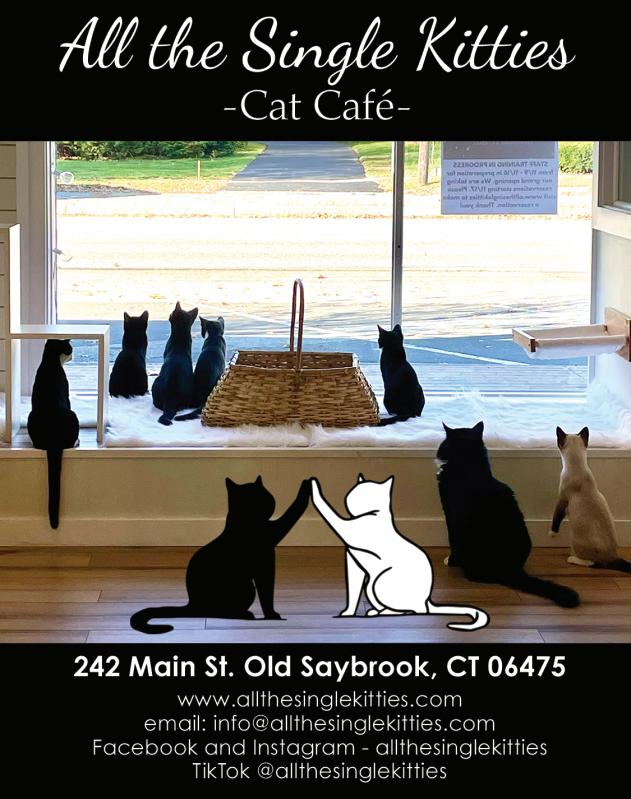

ugraoSaDr by
enlelleilKivenlrrGfa E o y tesy Cour oggrapphsPhoto a s l/ebteuhN g
me. The member w “My ba
earliest memory is of sitting in a big white bowl being bathed. I r
ber looking down at the sparkling pattern on the warm water ar
oss it. The warmth of the water he light dancing acr
. Then I was lift
out of the bowl into the colder air and handed to my grandmo
fhblihldidhdddhh
other who
ber the pattern of light on the water most of all and the feeling had on a scratchy wool sweater that was prickly to my skin. B
emem But I r
g of warmth
and comfort.”
e “Another memory is of being in a carriage in the cellar wher
emember be otect me. I r , put me with the terrier dog to pr r, therr, , a minister
- my grandfa
eing afraid of
each o e “arms” sticking out. I would r the big black furnace with its sever
out to feel the
emember And I r emember how it felt. Comforting, safe. , and I r r, dog’s ear
r the look of
enville Killeen was named after his paternal grandfather who wa Earl Gr annoyance on the dog’s face when I pulled on it.”
. His maternal grandpar ofessor , and pr conductorr,
ents would watch him w
- while his par as a musician,
e. He fell down ents worked. Earl’s childhood was turbulent and insecur

s mind, this was the beginning of the neglect shown by his mother i fected his skeletal heal , an incident that may have af r, irs as a toddler
ii


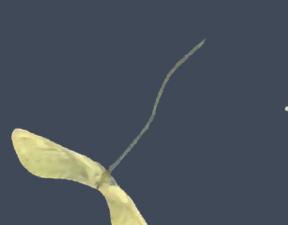
lth later on. In two flights
uel, cold st . His father left them when Earl was very young and a cr
. His father had left behind a drawing his place when Earl was four
the first, painting came naturally to the young Earl. His mother sta eated his first oil painting at age six. kept and used. He cr
d that boar tepfather - in his child
e app e she worked. They wer arly works to display at the bank wher
WhenEarlwasfifteenhesoldfiftypaintingsatthebankHiswork
e ssical, impr
gh school, h
fty paintings at the bank. His work fteen, he sold fi was fi
e - landscapes and still life. When he wa essionistic natur


Artists c ous
When Earl espondence school. corr
k then was of eciated and pr arted to bring
eshman as a fr
ds and was asked to teach a course t he won several awar
ough the thr
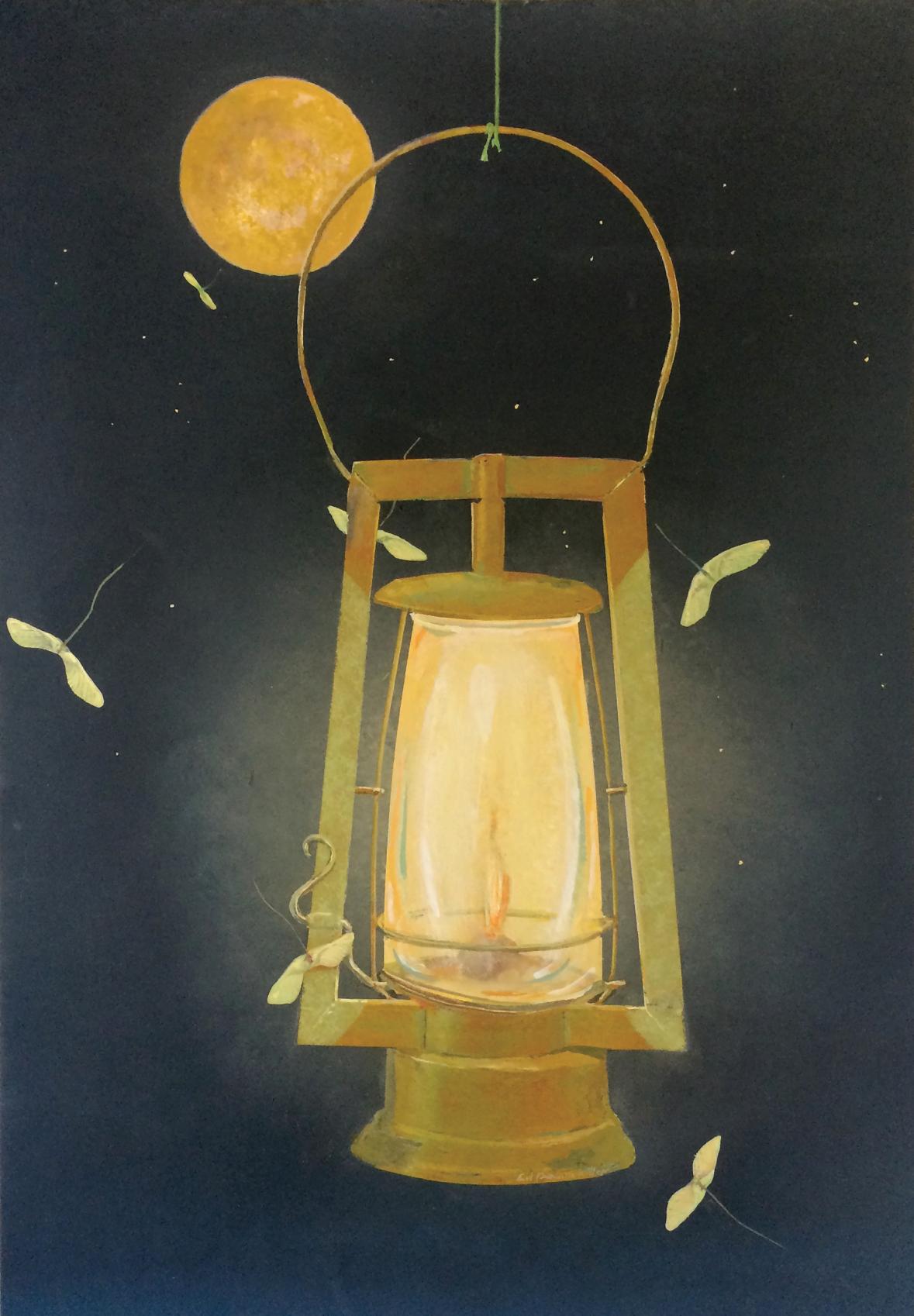
Earl declined this offer ironically due to a fear of success. At the age of thirteen, he had experienced such severe stomach and intestinal problems from the relentless chaos and abuse in his home life that he landed in the hospital. His stepfather continually taunted and belittled him about his artwork, telling him that making art would never get him anywhere and he would end up as a bum. His mother was neglectful and did nothing to stop the abuse. Eventually, Earl was sent to live with his uncle. That did not last, and he was shipped off to live with his godfather. The only bright spots during his teen years were a summer class at Silvermine Guild School of the Arts
and a scholarship to a summer session of art and writing classes in Washington, CT. It was here that a light was turned on for Earl in education, and for the first time in his life, he excelled at school. Unfortunately, he fell back into resentment and loneliness when he was forced to go to another high school, a school he hated. On January 24th, his sixteenth birthday, Earl dropped out of school and was immediately kicked out of the house.
Earl went into the woods bringing two axes, many lighters, knives, a bow, and some clothes with him. Always having a connection with animals, he would shoo
away the deer, so they would not get used to people and fall prey to hunters. He killed small game only when necessary. As extreme hunger can be a powerful motivator, Earl began to steal food from nearby dairy farms, stealing from the root cellars, and milking cows at night. Eventually he got caught.
“I thought they would shoot me,” Earl says, “but instead, they took me in!” Earl was assigned to paint the house for his penance. “I still remember that horrible color,” he says with a chuckle. “They were good people, but when I had saved a little bit of money, it was time for me to go.”

He bought a bus ticket to get back home and asked his mother if she would permit him to join the Navy since he was only seventeen and needed parental permission to enlist. She was easily convinced, and Earl was off to serve in the US Navy; however, he was discharged after just 16 months following an incident that is written about at the beginning of his riveting memoir.
Earl ended up at The Art Students League in NYC. He brought his father’s drawing board with him, and this is where he met Raechel who had enrolled there while on a leave of absence from teaching Language Arts. They were attracted to each other
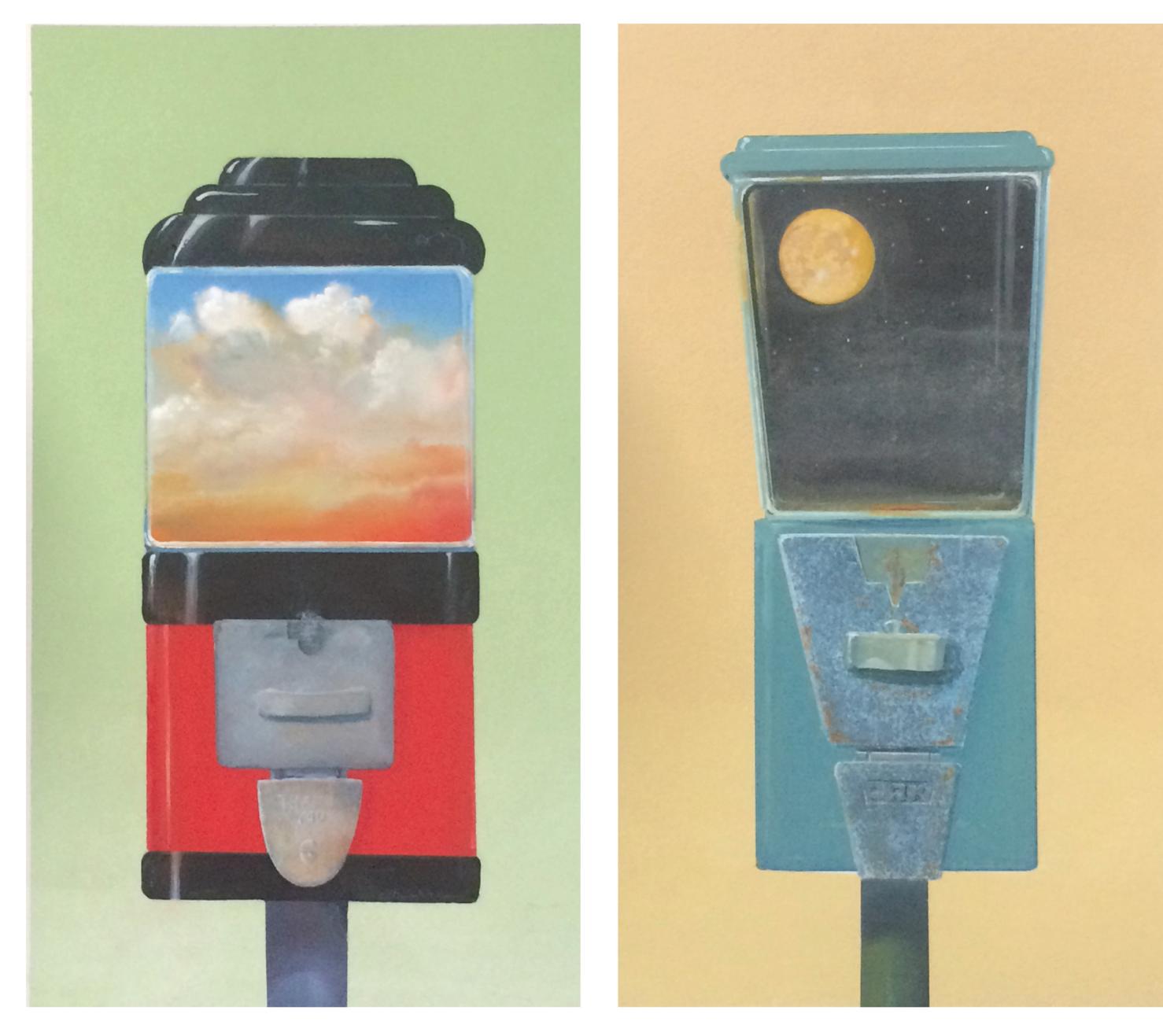
right away and began a passionate affair. Soon Raechel moved in with Earl, they got married, and she gave birth to their son, Jared. Though money was always very tight, and they were living on the edge, Earl was determined to be the father to his son that he never had. Eventually, they worked their way up to be able to buy his mother’s house in Clinton, CT where Earl rebuilt the small cottage with his own two hands. When Jared was young, Earl did things like build a Ninja Turtle playscape for him to enjoy. Jared was a gifted child, and Raechel and Earl delighted in nurturing his creativity.
But fate would not allow Earl to live in comfort. He had a terrible accident, slipping on ice ripping muscles and tendons, causing a lifetime of pain in his back and right arm. Medical science could not help him, and Earl spent years on the floor of his house riddled with pain and immobility causing family relationships to suffer.
Earl was in agony. His only option was to create a way out of his nightmare. In his mind he imagined his skeleton fleshed out with muscles and a nervous system. He scanned his skeleton, locating the affected parts and the twisted tissue, fusing them in his mind, day by day. It worked.
What he imagined actually changed his bodyy, , and he began to heal. At this time, he was doing illustrations for Fortune 500 companies and writing articles for The Artist’s Magazine. The magazine’s publishing company proposed that Earl write a
mer came back to hit him hard when fatal heart attack and died. He ne again, with angerr, , pain, and ecover rom which he could not r r, , he king heavily and self-destructing. A w that he was in deep trouble and el who came to his rescue. Then gan to come back to life, he was with Melanoma. Raechel stayed by
his side to he much hope fo was too adva prognosis. Ag bodyy. . Instead cancerr, , Earl d loud to the ca yourself at ho in this bodyy. us, they can b
Fate’s hamm Sandy had a crashed. Alon resentment fr started drink neighbor saw called Raeche just as he beg diagnosed w book, The North Light Book Acrylic Painting T of Teechniques. Earl said, “Sure. I can do that” but he had never used acrylics! He loaded up on pain pills, did a quick study of the medium, and created a body of acrylic paintings. Raechel agreed to help him, and together they completed the project which featured the work of twenty artists including Earl’s. Sadlyy, , when Jared was 17, heir family relationship had deteriorated so everely that Raechel and Jared moved out. Earl nd Raechel eventually divorced.


eafterr, , Earl met a woman. Sandy er like Earl, and ultimately was an adventur y, , hey married. It was a time of excitement for imHeandSandyrodehismotorcycleEarl
im He and Sandy rode his motorcycle, Earl andscaped their yard, they worked on their e happy ardens, and they wer y, , but Earl was still stranged from his son.

elp, but his doctors did not hold out or Earl. They thought the cancer anced and gave him a pretty dire gain, Earl used his mind to help his d of succumbing to the fear of the decided to invite it in! He said out , “Okay ancerr, y, , you are here, so make ome. W We e will have to live together If you decide to take over and kill bury us near the dog in the yard.”
Earl then got had left with could. They w Raechel as ed grammarr, , and friend and com times, Earl wa done all of his himself. He b depictingrust positions and evenpurpose
on with his life for whatever time he Raechel helping him as much as she ote Earl’s memoir together wr r, , with , assistant writer eader ditorr, , proofr r, r, , d language tweakerr, , and most of all, mpanion. During these turbulent as persistently creating art. As he had s life, he created art while recreating egan making intricate watercolors tedmachinery and abstract comd sky showing through, sometimes elydistortingshapesofanimals

even purposely distorting shapes of animals. W Woorn, rusted, forgotten workers left out to deteriorate. Stubborn relics determined to weather and endured the relentlessness of time. Beams,


buildings, machines, to would be used to prov
ools, anything that interested him vide the armature for his imagination.
There is a beautiful pi
iece that was exhibited in Earl’s ook Gallery Art Association’s Mile Br y, , n a dank mattress in a dark room, ough a black doorway ooming thr y, , bleak time on the Bowery in a n he was in a deep depression. Earl ovocative self-portraits. They are tive. He has the innocent eyes of a h long white lashes surrounding big, ky-blue pools that show a resern, sadness, and eternal hope. T Tiime
Solo Show at Lyme A which shows a boy on with a giant eyeball lo the illustration of his run-down place when has created many pro honest and introspect . W child. Or a deer Wiith haunting, reflective sk voir of enduring pain machine eyes.
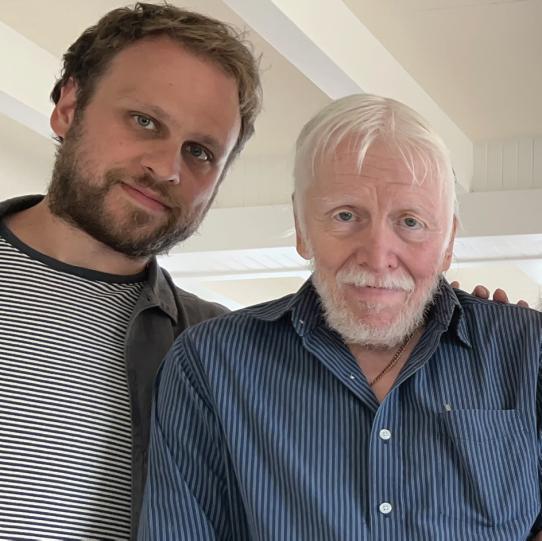
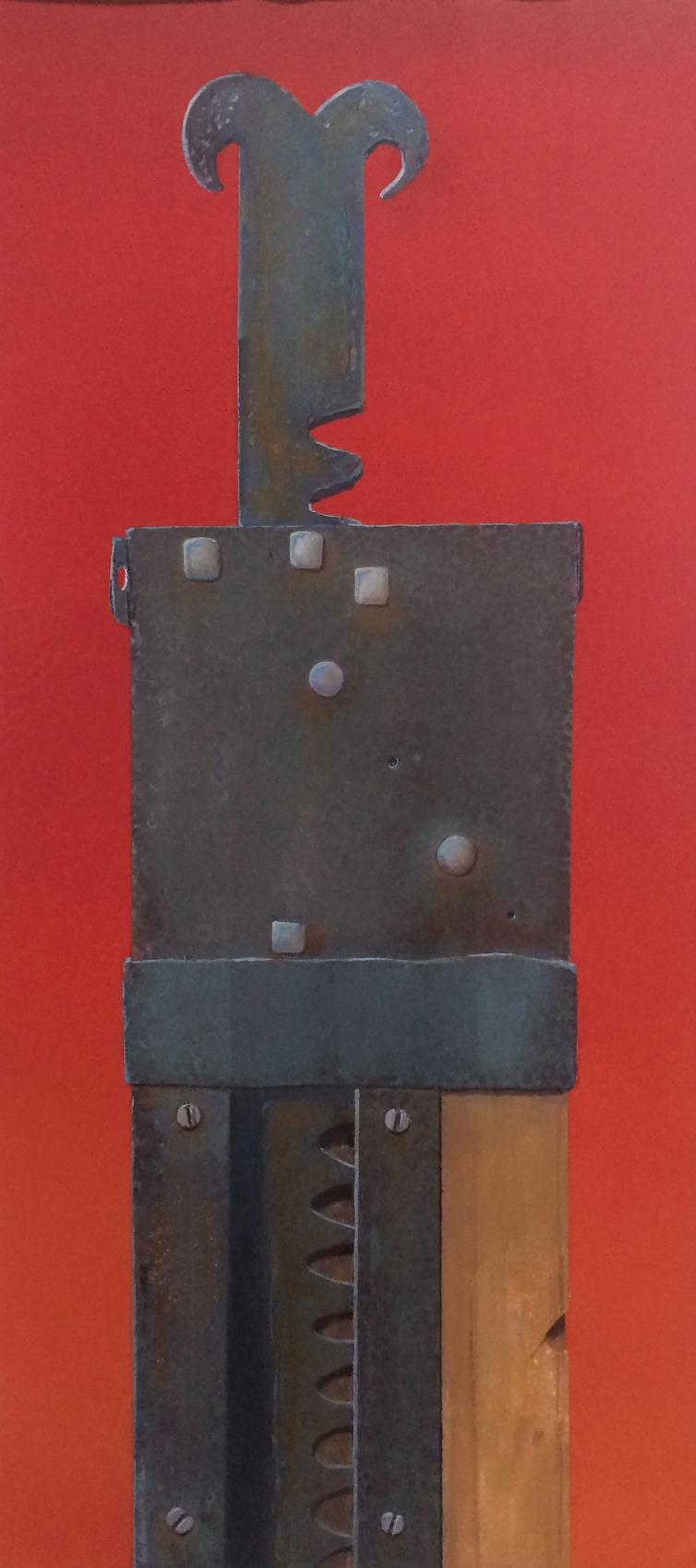
The Samara series: litt children we stuck on airr, , watching them tw Also, he depicted seed huge elder maple tree Earl began using this cal thought-provokin or consciously expres It speaks to a new beg potential. One award arowofseedsonalin
a row of seeds on a lin one is flying off into t the wind! Another is t four gumball machine passing dayy. . This lar Earl. Through the yea successful, married, a and Raechel grandpar ship had seen only sm to nurture it, but she k the T Jaredsaw Tiime M Instagramandacente Instagram and a cente to buy it. Another step
tle maple seed whirly birds that as our noses, throwing them in the wirl to the ground like helicopters. ds with the potential in them for a e and all that it can be and support. subject matter to create whimsig compositions, unconsciously ssing hopefulness and wonder. ginning, freedom, promise, and winner is titled It’s Possible. It is ne clipped with clothespins, but the skyy. . The first to escape and ride titledTTiime Machines. It depicts es each containing a phase of the ge work has special significance for ars, their son Jared was productive, and became a fatherr, , making Earl rents. Earl’s and Jared’s relationmall advances though. Raechel tried knew that it was up to them. When Machines piece that was on Earl’s erpiece in his Solo Showw, , he wanted p to healing.
When Earl was a small boy in his grandmother’s care, he fondly remembers feeding the blue jays with her. “Earl,” his gjy grandmother said while they were feeding the birds, “always remember to try to give back what you’ve taken from life, and if possible, a little more.” Earl never forgot that advice. He remembers vividly the gift of education and the impact it had on him as a creative and struggling teenager. He has, therefore, given back through the Shoreline Arts Alliance creating Future Choices, a regional high school art competition in Connecticut. Earl has established A and sponsors an annual Founder’s Awward which is given at each exhibition, usually held at the Lyme Academy of Fine Art in the Sill Galleryy.
Follow Earl, his new works, and his books on Instagram ekgwatercolorist


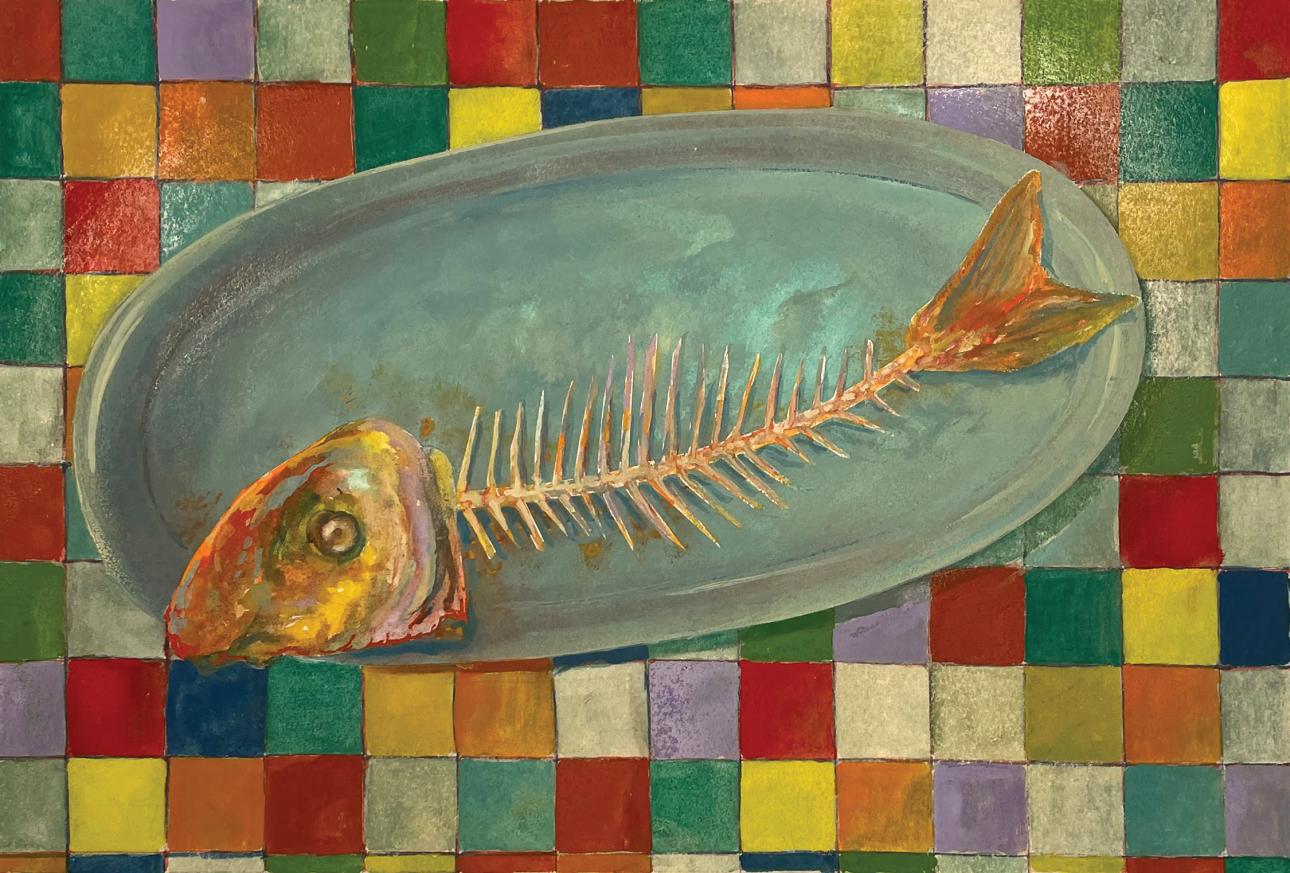
W Weebsite: earlgrenvillekilleenart.com

See his futurre e creations in local galleries, juried yme Art Association wher shows, and at L re e he is an Elected Artist.


 Clockwise Left Page: Mexican Jack 2, Earl and Jared Sept. 2022.
Clockwise Left Page: Mexican Jack 2, Earl and Jared Sept. 2022.






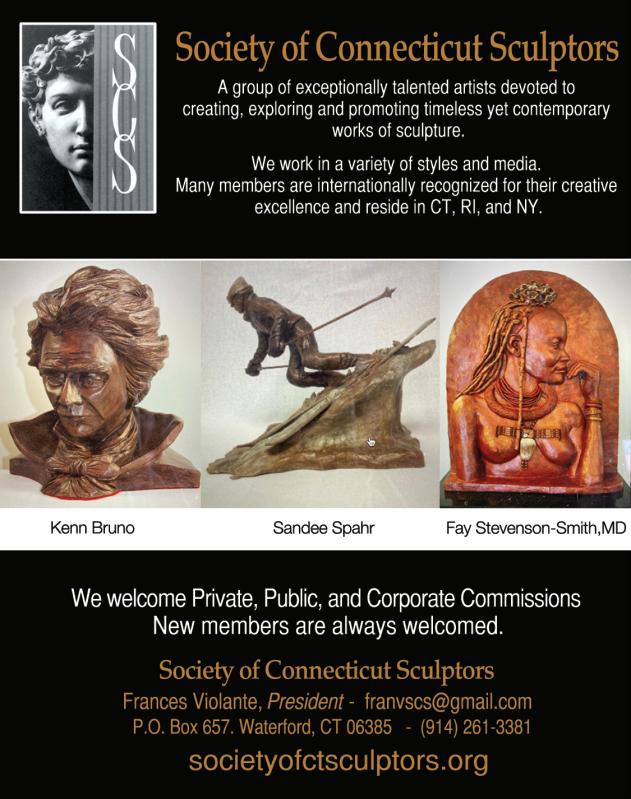

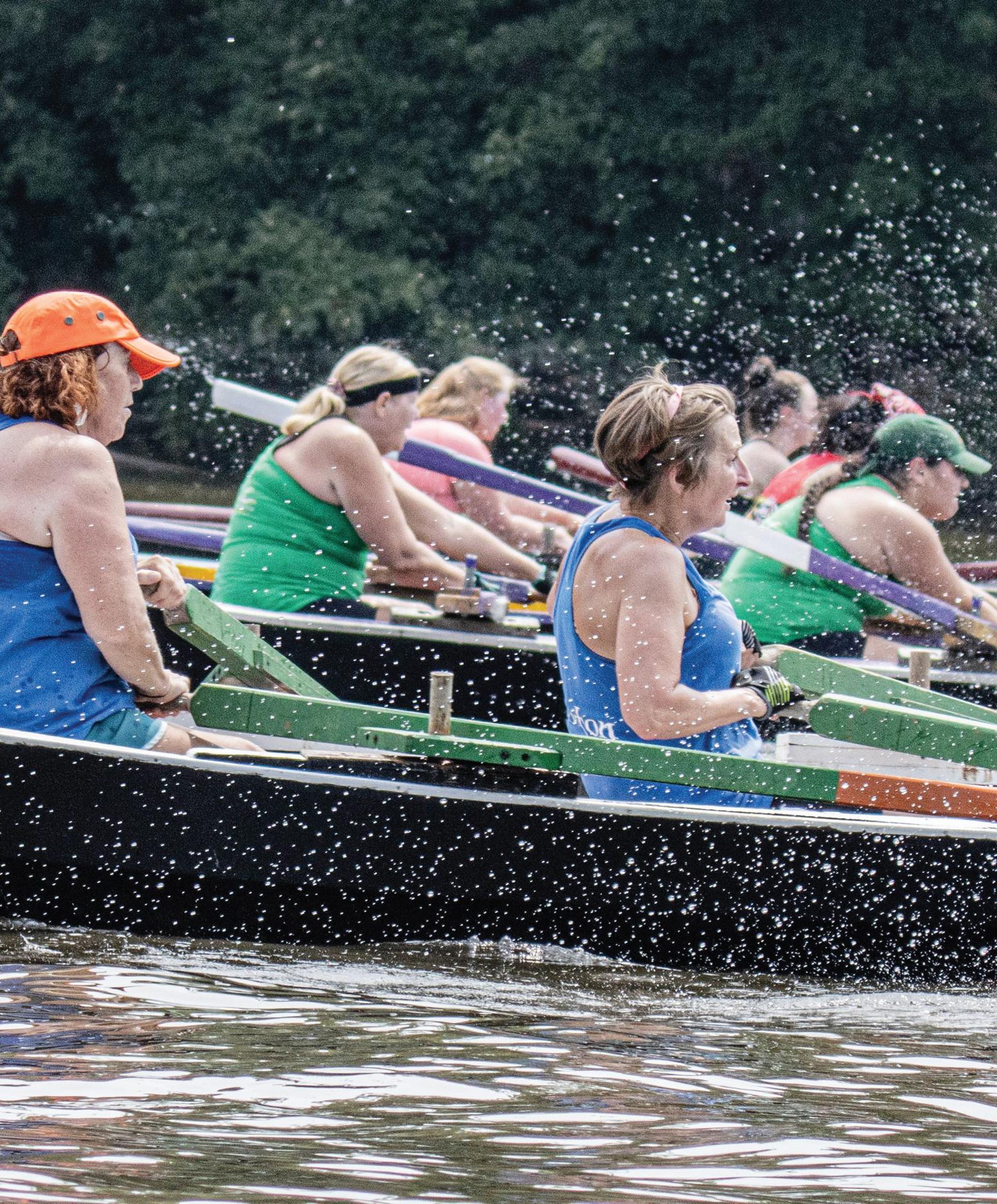

olks on Rogers Lake in Old Lyme are used to seeing the Blood Street Sculls and the sleek shells of the Old Lyme Rowing Association on the water. The summer of 2021 saw a new (rather old) arrival, vessels known as currachs with fewer rowers, each wielding two oars.
You may also have spotted a few currachs in a regatta on the Thames River in New London, or at various land-based, cultural events (particularly Irish ones) and wondered what they are.
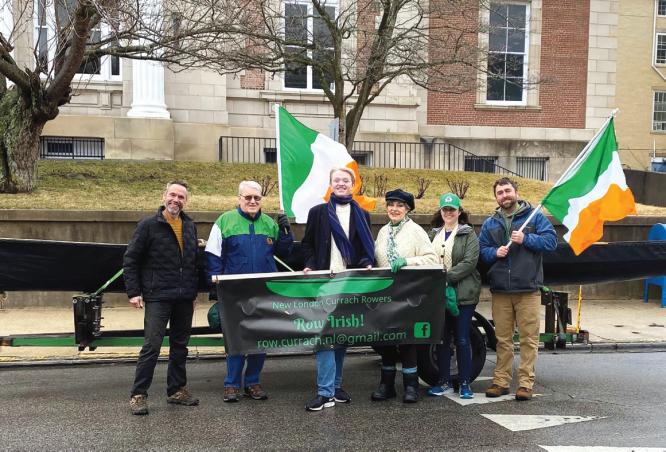
Or, perhaps, you’re familiar with the Latin account of voyage of the Irish monk St. Brendan the Navigator. According to legend, in the sixth century St. Brendan and his crew of Irish monks used a currach to travel from Ireland to North America.
Or, perhaps, you saw the extraordinarily beautiful documentary The Camino Voyage, showcasing the bonds of five men as they sail on an odyssey from Ireland to northern Spain.
Originally currachs were used for transporting goods along the western coast of Ireland, explained Jim Gallagher, a founding member of the New London Currach Rowers and former president of the North American Currach Association (NACA). The design of the boats used for racing has been streamlined a bit but is in the same style.
Maureen Plumleigh, an Old Lyme resident and current president of the New London Currach Rowers, said the lightweight boats are covered with canvas and then painted for a sealing effect. While today’s currachs still look almost prehistoric, the original ones had a wooden frame, over which animal skins or hides were stretched.
The currach I tried at a “Learn To Row Irish” event on Rogers Lake was NOT the skin or hide variety, but it was a bit wet inside. I was kidding the instructor (admittedly nervously) about the water around my feet and, come to find out, it was leaking! We certainly didn’t come close to sinking however, that’s just the way a currach is when a bit more sealing is on the to-do list.
Last summer, New London hosted its first regatta in three years, bringing together rowers from the region, Boston, Albany and Philadelphia to compete in the Thames River. Members of the North American Currach Association, with clubs in Boston; Albany; Pittsburgh, Philadelphia and Leetsdale in PA; Annapolis, MD; Milwaukee, WI, and New London, each host regattas. The Thames event featured seven races.
Regattas, according to the Association, consist of six to ten races that include both men's, women's, and combined events. The fourseat Kerry-style Naomhog curragh is the standard style curragh used by all NACA rowing clubs.
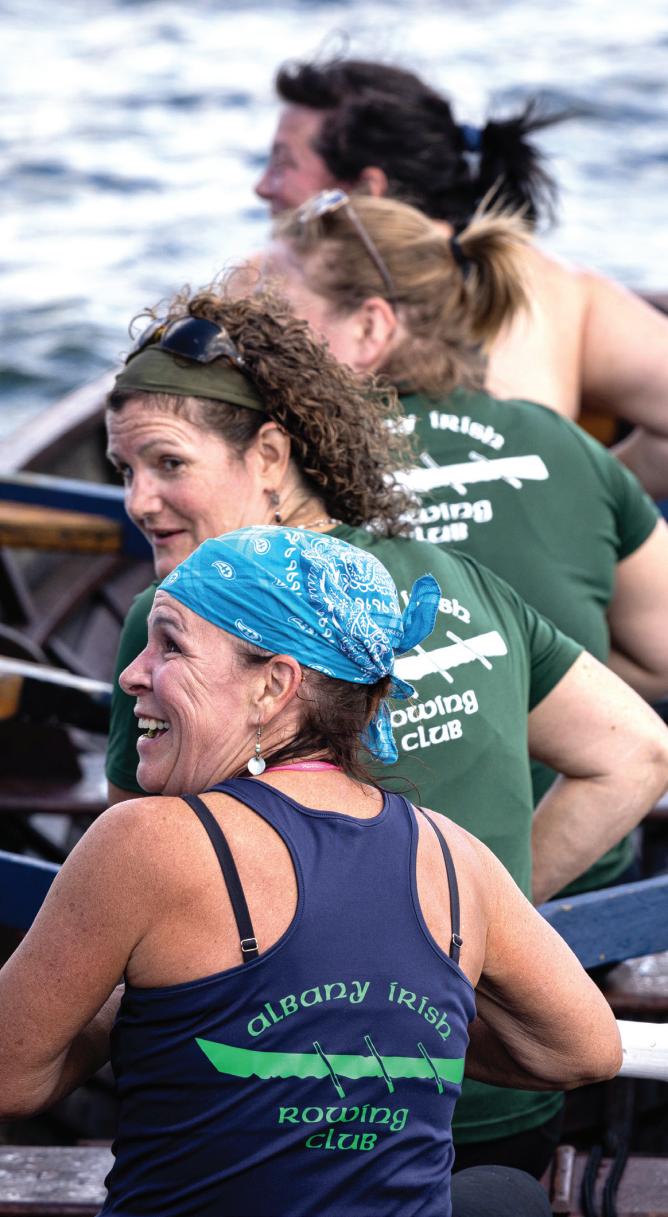
The Association uses the spelling "Curragh" as opposed to the spelling "Currach" most often used in Ireland. Folk etymology has it that naomhóg means "little holy one" or "little female saint". A group of a dozen adults either row or support the New London club (Friends of Currach Rowers).
About four years ago, two members enrolled in a workshop in Maine, led by a professional maker of currachs from Ireland.
They built the entire vessel, including steaming the wood and carving the set of six oars.
More recently, the club revived an older currach with the help of a carpenter friend who rebuilt or patched ribs and any other part that needed attention.

“First, we stripped the brittle canvas covering and removed every copper tack that secured it. We had donated this currach to the Ancient Order of Hibernians (AOH), John P. Holland Division for display purposes,” Plumleigh said. “However, the patience and skill of a group of combined AOH members and currach rowers has produced a gleaming showpiece, which will be more than a static display, and is ready for its maiden voyage in 2023,” she added.
One project for early spring is to restore the covering on one of the other currachs. The team currently owns two currachs, and the third is owned by the AOH.
The design goes back several thousand years when the boats were used for servicing and trading towns along the western and north Atlantic coast of Ireland.
Twenty-five-foot-long boats are used for all races from singles through fours. Currach races vary in length depending on the number of rowers and regatta site but are typically between one and three miles long with one or more turns.
This light boat rides like a ping-pong ball on the surface of the water, which was helpful when rowing in the large Atlantic
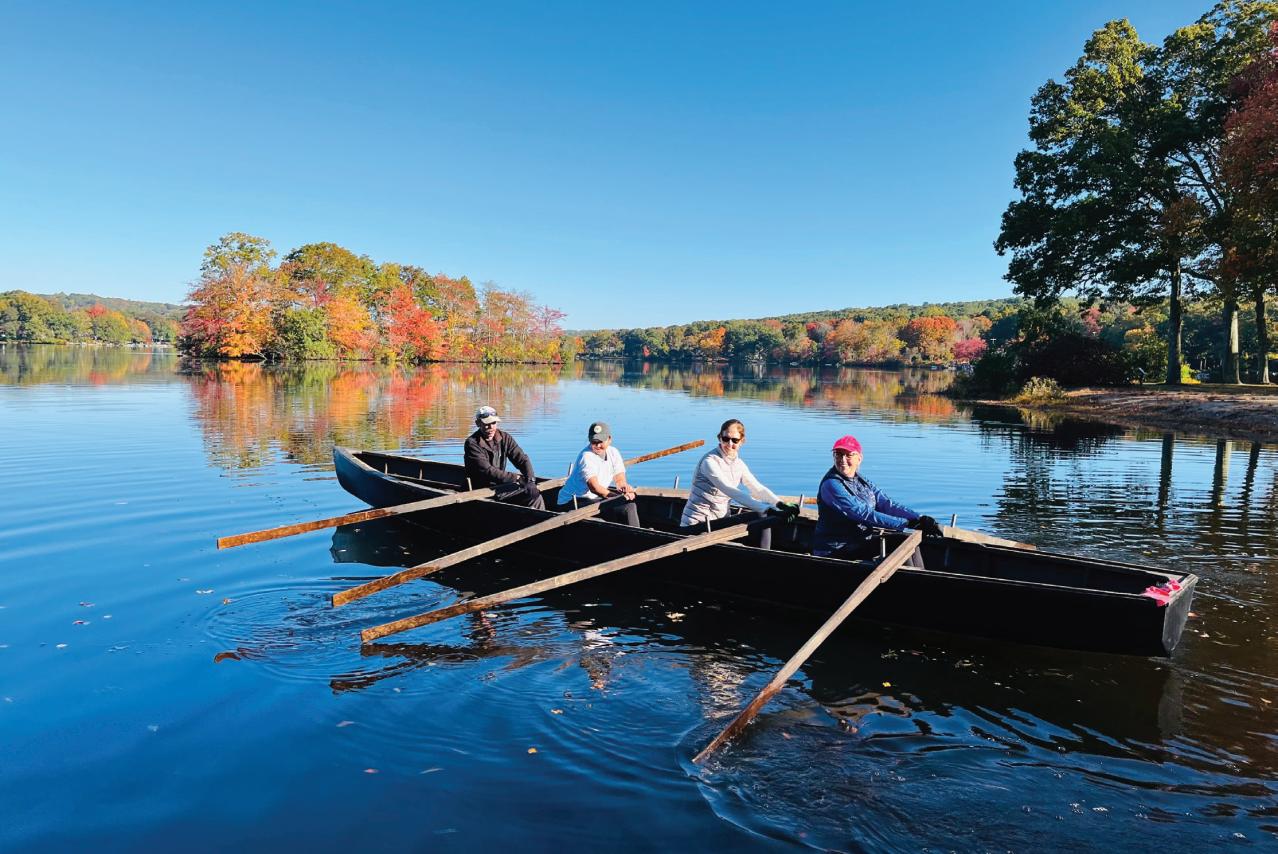
swells. Plumleigh explained the camaraderie among the rowers is one of the reasons she loves participating in regattas. Camaraderie, she said, is not only present among the people on the same team rowing together in unison, but also with the other teams. Even with competition there’s camaraderie.
“Irish rowing is open to everyone. And there’s no need to be Irish. Those interested may simply try it out, and then decide it if suits them. It’s an activity that, when viewed, looks easy, but ‘Rowing Irish’ differs greatly from the traditional rowing in shells. We welcome those who enjoy a new challenge!”
“For me, it combines the elements of social with teamwork and camaraderie, physical -- using the body, often beyond personal expectations, mental -- planning and responding to a regatta's conditions, as well spiritual -- there are many sweet moments on the water and in nature when my body simply propels the boat, taking in the beauty of creation and experiencing joy of being with like-minded rowers.”
Physically demanding it is! As the club’s T-shirts say, “ROW TOUGH, ROUGH IRISH”.
Patrick Clark, president of the North American Curragh Association admits, “The tough part is that probably 88 percent of new rowers don't stick because it is a pretty physically demanding sport that can be frustrating for new rowers.”
Interest in southeastern Connecticut started in the early 1980s, according to Gallagher. Two existing currach clubs, New York City and Boston, MA were invited by the New London Ancient Order of Hibernians (AOH) to compete in the Thames River. The New London AOH was a founding member of the North American Currach Association (NACA) although they did not have a currach club.
Gallagher, an excellent historian, particularly when it comes to Irish history, pointed out that it has been documented that “the Vikings discovered wrecked currachs along the Greenland shore when they first visited that area around 1000 AD.”
Practice sessions are held at least once a week, and monthly meetings are held throughout the year.
Most clubs recruit through word of mouth or social media. Clubs also do some cultural events to let people know they exist.
“We are defining an approach to recruiting younger members, since this involves greater parental participation for travel to regattas and increased liability for the club,” Plumleigh explains and adds, “Recruiting adults takes place year-round by making the currach visible, by personal contact and, especially, by hosting “Learn To Row Irish” events.”
Two “Learn To Row Irish” events are planned for 2023, in the spring and fall.

And, of course, St. Patrick’s Day parades: Mystic, Norwich and New London.
Each of the eight teams plans to host a regatta in 2023. The New London Regatta is expected to be held at Waterfront Park, Custom House Pier on July 29.

“Curragh racing is even pretty underground in Ireland, so a lot of folks don't have any idea what the sport is all about,” said Clark, who has also run the Pittsburgh Rowing Club for three decades.

“Recruiting adults takes place “Recruiting adults takes place year-round by making the currach year-round by making the currach visible, by personal contact and, visible, by personal contact and, especially, by hosting 'Learn To by hosting 'Learn To Row Irish' events.”
New London Currach Rowers plan to attend an informal event held by the Phoenix Currach Rowers, which they did in 2020. Visiting rowers from Boston, Annapolis and New London held training sessions, and, of course, competed with teams of both rowing groups.

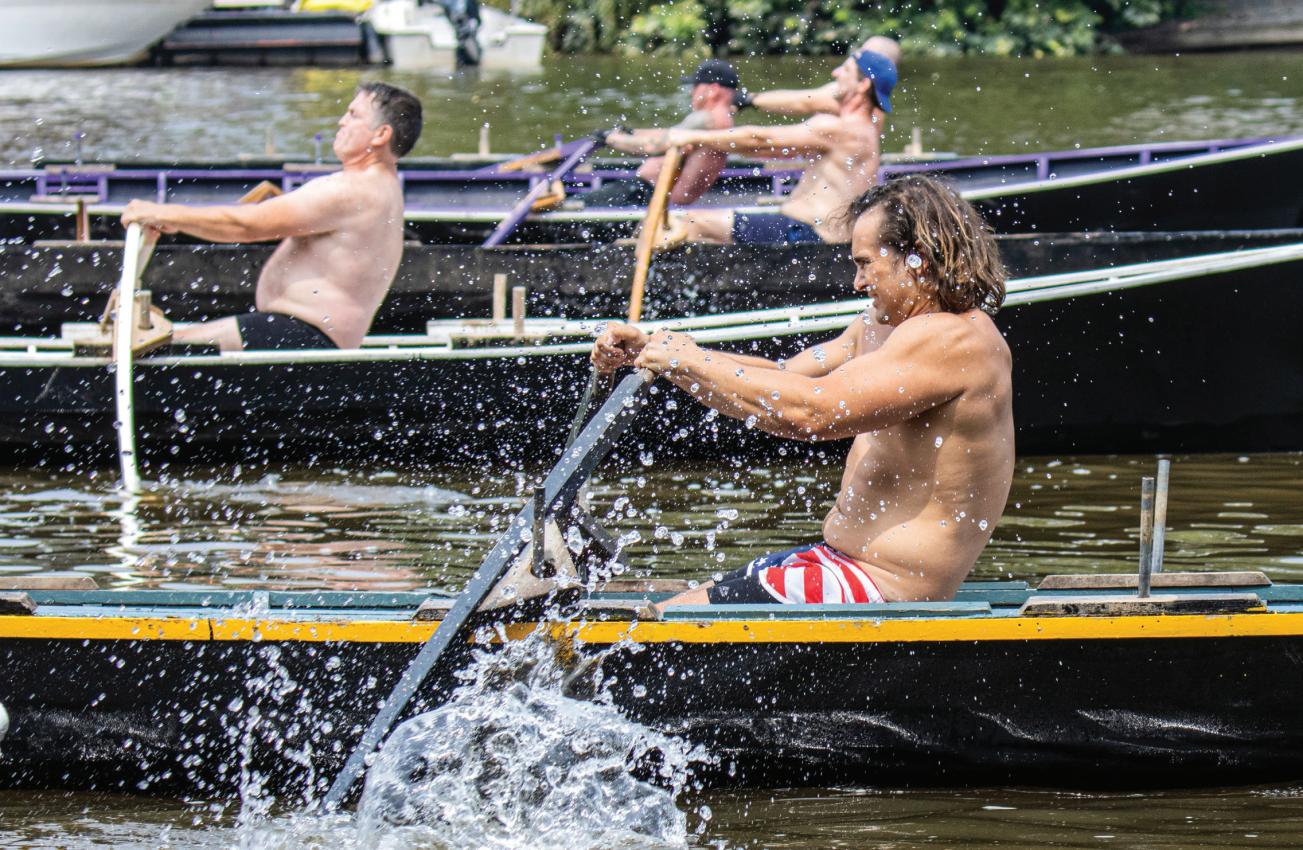
Phoenix has not joined NACA because they use a different style currach, with three seats rather than the traditional four-seat Kerry-style Naomhog curragh which is the standard style currach used by all NACA rowing clubs.
"Most rowers in the North American Curragh Association hail from Ireland and America, but all are welcome regardless of heritage as long as they are willing to support the culture! Anyone interested in curragh racing should contact their local club," said a release.
For more information about rowing, contact Maureen Plumleigh at row.currach.nl@gmail.com, or visit Facebook.com/New-London-Currach-Rowers-220649084637574.
Left page: Courtesy Daniel Passapera/Special to The Day Above Clockwise: Courtesy of Fred Olaharski, Courtesy Daniel Passapera/Special to The DayRow Irish' events.”
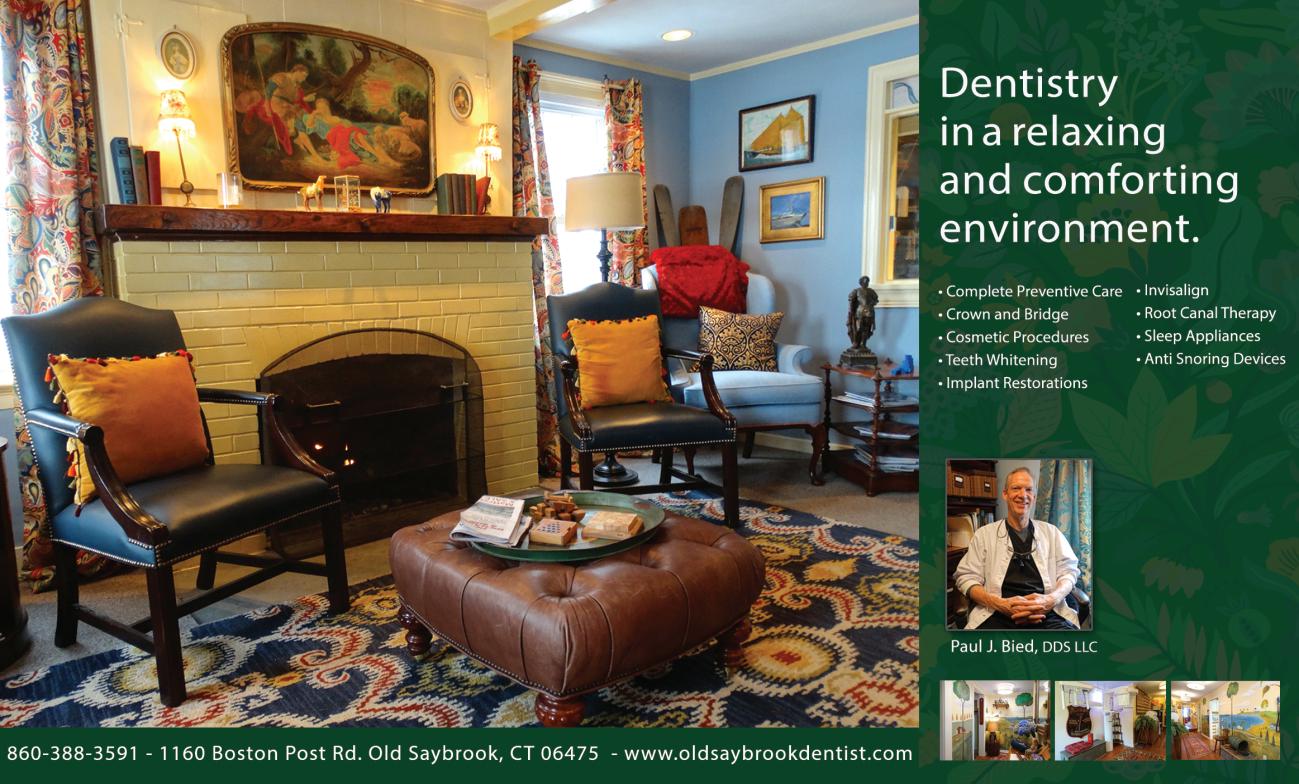





















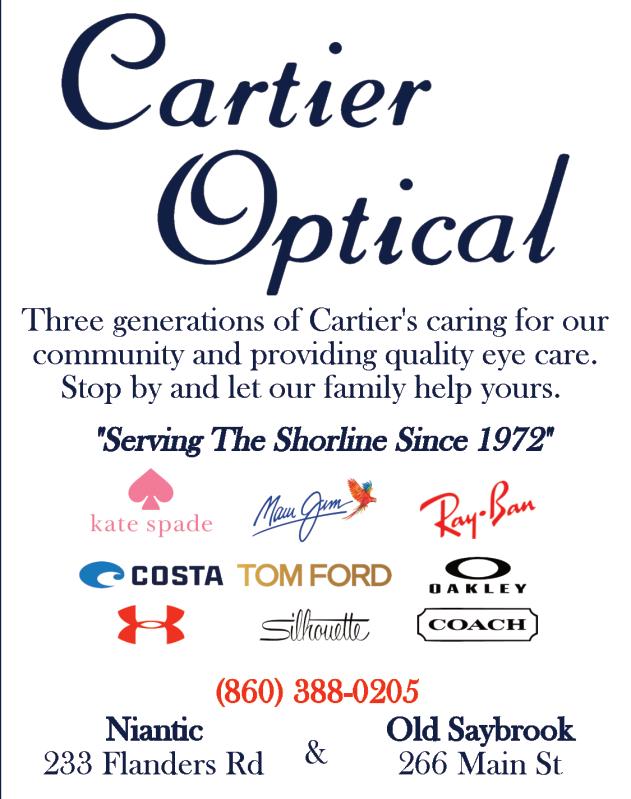


EExperience the pre-historic wonder of over 60 life-sized dinosaurs as they look after their babies, eat, spit, and roar at the Roger Williams Park Zoo (RWPZoo) in Providence, Rhode Island. The joint venture with Immersive Productions called “Dinosaurs Among Us,” which runs through August 13, offers one of its most extensive outdoor exhibits.
Travel back 65 million years as you walk up to an 18-footlong Dreadnoughtus, 8-foot-tall Brachiosaurus, and other ancient creatures, including a tyrannosaurus rex, Triceratops, Stegosaurus, and others.
With the latest animatronic technology, the dinosaurs move naturally with sound, said Matt Flynn, co-designer and chief executive officer of Immersive Productions, who owns the display. In addition to the educational component, he said they want everyone “to have an incredible time.”

“Our education team, who helped design the dinosaurs, will also be on the trail,” said Vicki Scharfberg, marketing, and public relations director. “They might be dressed like a Velocisaurus or T-Rex; you might see them cuddling baby dinosaurs or acting like nature field guides. The whole event will be an immersive and interactive experience.”
A dinosaur-themed entertainment area also features hands-on fossil dig stations, walking dinosaur rides, selfie locations, and meet-and-greets with baby dinosaurs.
Additionally, sensory-friendly mornings with the sound turned off will be held once monthly in April through July
 Triceratop “ Three-Horned Face ” is a appeared 68 million years ago in what is now North America.
Triceratop “ Three-Horned Face ” is a appeared 68 million years ago in what is now North America.
on Saturdays from 8 to 9 a.m. for those with Autism Spectrum Disorders and sensory-processing differences and their families.
Other dinosaur activities include “Dinos at Dusk” once monthly starting at 5 p.m. featuring colorful LED lighting, and “Birds are Dinosaurs Among Us” now through September 4, offering an up-close look at falcons, macaws, cranes, owls, and more as they interact with interpreters. Those 21 and over are invited to the “Dino Sip & Stroll with Food Trucks” featuring live entertainment on May 17 and July 12.
Situated on about 40 acres with a one-mile pathway for visitors to stroll, RWPZoo is home to 121 species, many of which are on the International Union for Conservation of Nature’s Red List, ranging from “Critically Endangered” to “Near Threatened,” Scharfberg said.

Many of the 606 live animals and birds, including elephants, alpacas, giraffes, bison, camels, cheetahs, wallabies, monkeys, owls, toucans, macaws, and Chilean flamingos, would not survive in the wild, as many of them were born at zoos. However, RWPZoo’s two bald eagles, one golden eagle, and two black vultures were injured and could not fly.
As a member of the Association of Zoos and Aquariums (AZA), RWPZoo works almost entirely with other AZA zoos, said Amy Roberts, director of animal programs. Since most of us are not going to be able to afford to go to Africa to see them, she said,
“I think you’re going to care for them much more if you can come here to the zoo and look at them and see them look back at you and make that connection.”
Roberts said they try to make their environments as natural, dynamic, and enriching as possible. Examples include hanging mobiles and buried and hanging food containers, which require the animals to figure out how to access their food, stimulating their brains.

Additionally, giraffes and elephants sometimes like to watch Disney movies and seem to enjoy some of the movies’ music and movements, especially on rainy days when they don’t want to go outside, zookeepers Jennifer Vincent and Jennifer Warmbold said.
 Dilophosaurus a theropod dinosaur that lived in what is now North America during the Early Jurassic period, about 193 million years ago. It was featured in the novel Jurassic Park and its movie adaptation, and it was designated as the state dinosaur of Connecticut based on tracks found here.
Fossil Discovery Area: This fossil discovery area is located in the entertainment area.
Lion Tamarind monkeys Angus and Mangus. They are an endangered species.
Dilophosaurus a theropod dinosaur that lived in what is now North America during the Early Jurassic period, about 193 million years ago. It was featured in the novel Jurassic Park and its movie adaptation, and it was designated as the state dinosaur of Connecticut based on tracks found here.
Fossil Discovery Area: This fossil discovery area is located in the entertainment area.
Lion Tamarind monkeys Angus and Mangus. They are an endangered species.
RWPZoo is also the first zoo to add deep sand to their three elephants’ habitat, “which is very healthy for them and would mimic something they’re more used to standing on,” Roberts said.
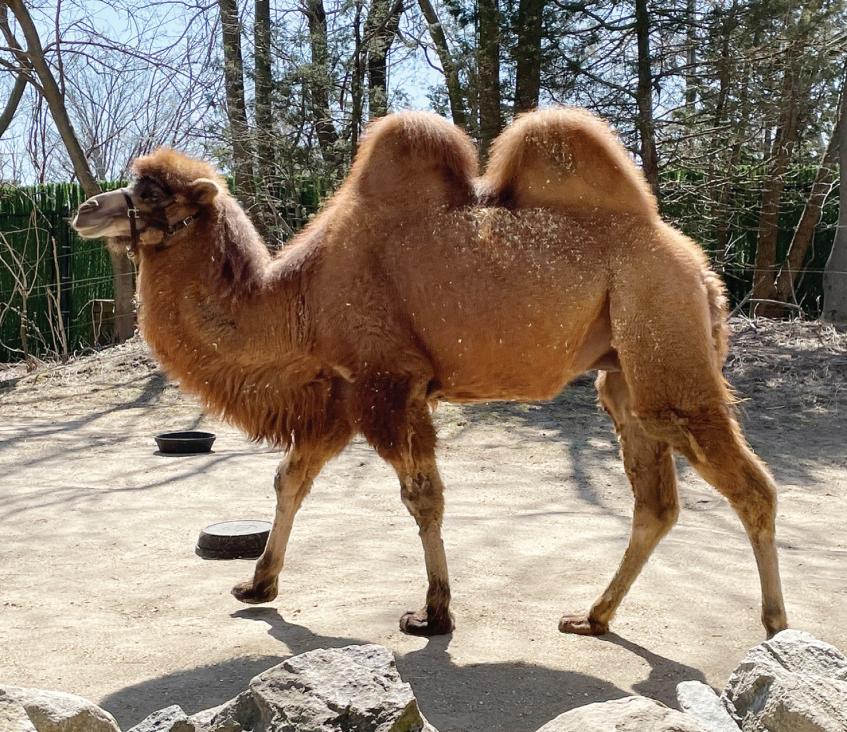
Claire and Roger Thayer of Hopkinton, Rhode Island, said they have great memories visiting the animals at the zoo over the last 25 years with their three grown children. In late March, they visited with their five-year-old grandson, Clyde, for the first time.

Clyde said his favorite part of the experience was seeing the elephants. He also really likes dinosaurs, especially the “T-Rex,” but didn’t get to see them on this day because the area wasn’t open yet.
Lilly Zammer of Newport, Rhode Island, who was with her 2.5-year-old daughter and friend, Gabbi Serrao, said they love coming to the zoo a few times monthly and seeing all the animals, which is one of their favorite weekend things to do. “They’re (zoo) always doing something new and fun, which is exciting,” such as the dinosaur exhibit. “Coming to the zoo is nice to do on a lovely day and is a “perfect little walk.”
Everly agreed she loves dinosaurs and is looking forward to riding one of the small ones.
“Always a child at heart,” Serrao said she is excited to see the dinosaur display and thinks that it is “awesome” that the dinosaurs move and make sounds.
The Roger Williams Park Zoo is named after an American minister and prolific writer known for his nonconformist religious ideals. Born in London, England, in about 1603, Roger Williams arrived in Boston in 1631 and became a pastor in the Massachusetts Bay Colony in 1634 - only to be banished by civil authorities “for his dangerous views,” according to Brittanica.com.
In 1636, Williams acquired land from the Narragansett Indians and founded the town of Providence and the colony of Rhode Island.
“It really wasn’t an outright purchase. In an email, “ there was no price/exchange of goods for the right to exclusive rights to the land,” said John McNiff, archaeologist, historian, and retired Roger Williams National Memorial park service ranger.
“Roger Williams made an agreement with the leaders of the Narragansett (tribe) that he and other English could settle there, and he would in turn do things for the Narragansett. They were going to be neighbors, and neighbors do things for each other.”
McNiff believes Williams’ legacy is that his “ideas were at the core of American Independence.” He was also the
Opposite

and


in a cut-out window,

a male giraffe, Jafa. It’s “providence” that Providence was so named by a donor at the Greenville Zoo in South Carolina, not knowing she would be transferred to Providence, Rhode Island as a breeding female, which will hopefully mate with their male giraffe, Jafa and have babies, said Vicki Scharfberg, RWPZoo’s marketing and public relations director.
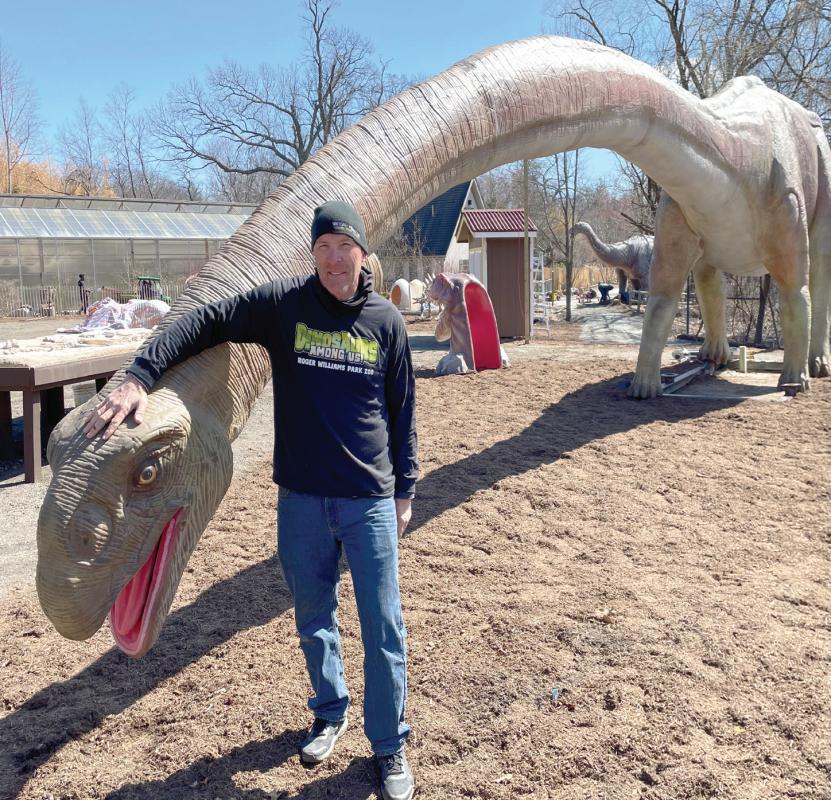 Matt Flynn with Dreadnoughtus dinosaur. Matt Flynn, is co-designer and chief who owns the display.
Komodo Dragon, Cheetah Pair & Wallaby Photos Courtesy of RWPZoo
Opposite Page Top: RWPZoo’s Animal Programs Director Amy Roberts and Marketing and Public Relations Director Vicki Scharfberg. Behind them, (from left) are Alice and Ginny, two of their three 38-year old elephants.
Page Bottom: Zookeepers Jennifer Vincent and Jennifer Warmbold with giraffes (from left) Providence
Cora. Behind them
is
Gibbon ape with stuffed animal.
Matt Flynn with Dreadnoughtus dinosaur. Matt Flynn, is co-designer and chief who owns the display.
Komodo Dragon, Cheetah Pair & Wallaby Photos Courtesy of RWPZoo
Opposite Page Top: RWPZoo’s Animal Programs Director Amy Roberts and Marketing and Public Relations Director Vicki Scharfberg. Behind them, (from left) are Alice and Ginny, two of their three 38-year old elephants.
Page Bottom: Zookeepers Jennifer Vincent and Jennifer Warmbold with giraffes (from left) Providence
Cora. Behind them
is
Gibbon ape with stuffed animal.
first person to separate church and state. “Rhode Island was the first political entity where no person could be punished for their beliefs.”
Williams died in 1683.
Betsey Williams bequeathed her 102acre farm to the City of Providence in memory of her great-great-grandfather, Roger Williams, in 1871 “in part to serve as a green space where the city residents could escape the hectic urban landscape,” according to rwpzoo.org. “In 1872, a menagerie of small animals and birds was brought to the park so visitors could get a closer look at wildlife.”
This led to a portion of the park becoming the third oldest zoo in the United States, Scharfberg said.


The Roger Williams Park Zoo is located at 1000 Elmwood Ave. in Providence, Rhode Island 02907. Telephone: 401-785-3510.
A separate ticket is required for the “Dinosaurs Among Us” exhibit. It is not included with zoo admission and can be purchased online or on-site. Ride tickets will be available at the zoo and do not need to be purchased in advance. For information about upcoming events, including 31st Zoobilee on June 24, Brew at the Zoo on August 26, Jack-O-Lantern Spectacular on September 28-October 31, and Holiday Light Spectacular November 24-January 1 (featuring holiday-inspired music and 3.5 million illuminated light), go to rwpzoo.org.

“You cannot get through a single day without having an impact on the world around you. What you do makes a difference, and you have to decide what kind of difference you want to make.”





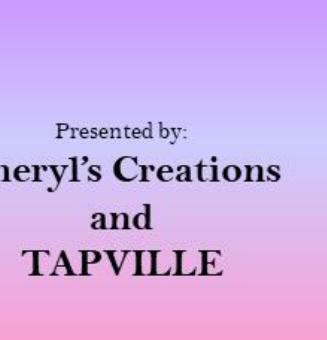
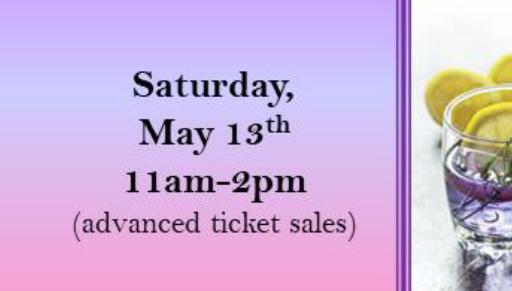


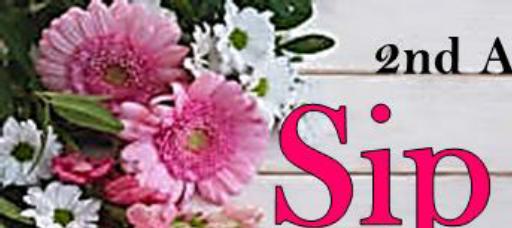





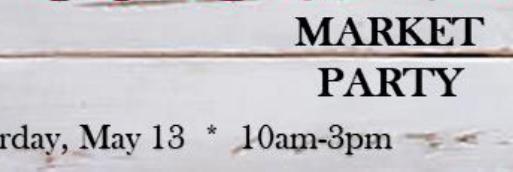




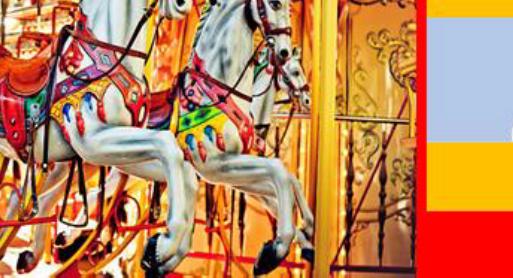




There’s nothing more frustrating than making the perfectly toasted grilled cheese sandwich, then pulling it apart to find your cheese has not melted. Or adding cheese to your favorite cheese sauce only to find it turned out oily. When it comes to melting, not all cheeses are created equal.
So why do some cheeses melt better than others? Here are few important things to consider when choosing a melting cheese.
• Moisture: The first and probably the most important is moisture. A cheese higher in moisture melts better. Because the milk proteins are packed loosely, they are easily separated during the heating process resulting in a creamy, gooey consistency.
• Fat: Cheeses higher in fat content also melt better. If you’ve ever tried to melt a low-fat cheese you know what we are talking about. Fat allows the molecules in cheese to spread with more ease resulting in a smooth melt.
• Age: Younger cheeses melt better than older cheeses. Cheeses aged for a year or less will melt better than cheeses aged over a year. So, keep that seven-year-old cheddar for snacking and out of your nacho dip.
There are a few other factors to consider when choosing a melting cheese. For example, how the cheese was made, and the acidity. Cheeses curdled with acid such as fresh goat cheese and ricotta do not melt well.
Here are a few of our favorites at The Cheese Shop.
• Brie – Brie is a, creamy, buttery, soft ripening cheese from the Brie region of France. Usually made from cow’s milk, its high moisture content makes this cheese a gooey, indulgent delicious treat when wrapped in puffed pastry and baked. It also softens nicely at room temperature – no wonder it makes a great melting cheese. You can also swap brie with its step-sister – Camembert.
• Beemster Vlaskaas – Is a semi-soft, buttery, cow’s milk Gouda from Holland – with notes of almonds and sweet cream. Aged at 12 months it’s creamy and sharp at the same time and perfect for that mac & cheese recipe.
• Gruyére – This hard, nutty, sweet, salty, and creamy, cow’s milk cheese from Southern Switzerland has a higher water to oil ratio. The extra moisture ensures that it will melt evenly and smoothly. It’s the preferred cheese for dishes like French Onion Soup, Fondue, and Quiche.
• Gorgonzola - Gorgonzola is primarily made with cow’s milk in the Lombardy region of Italy - it’s milder in taste than most blue cheeses. Gorgonzola has a higher fat content which lends well to melting. It’s a wonderful addition to pastas, risotto or melted into a sauce to top your favorite steak.
• Cruculo - Cruculo is a semi-soft 100% cow’s milk cheese from the Trentino region of Italy. Its appearance is one that’s reminiscent of a Swiss style cheese as it has a bunch of tiny little holes. It’s rich and buttery with a creamy, tangy taste. Full of moisture, this is the perfect cheese to melt into mashed potatoes or over grilled vegetables.
Ok, we know what you’re thinking. “Where’s the Mozzarella?”
Don’t worry – we didn’t forget. So, what makes Mozzarella a great melting cheese? The answer is Fat. Mozzarella is the cheese of choice for topping dishes such as Lasagna and baked pastas. It also happens to be the number one selling cheese in America, surpassing cheddar by 63%. Pizza anyone?
The Cheese Shop www.CheeseCt.com
